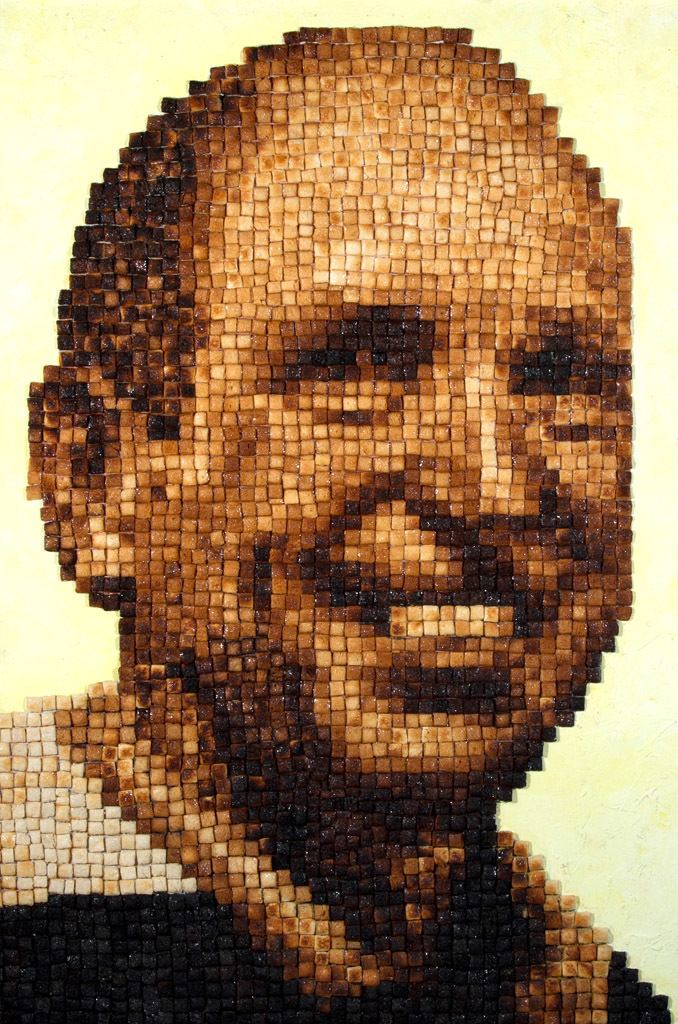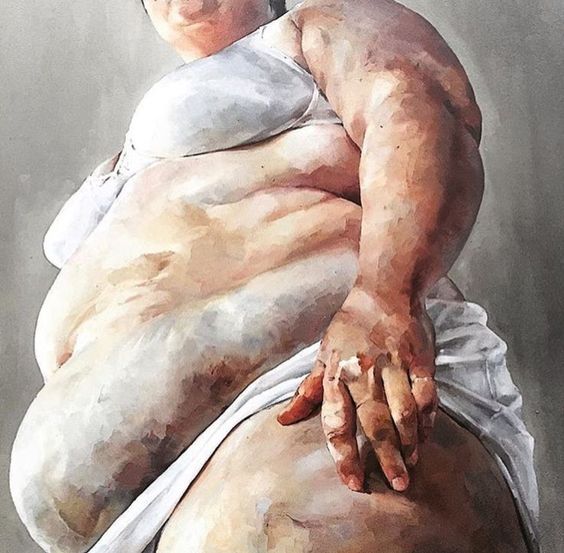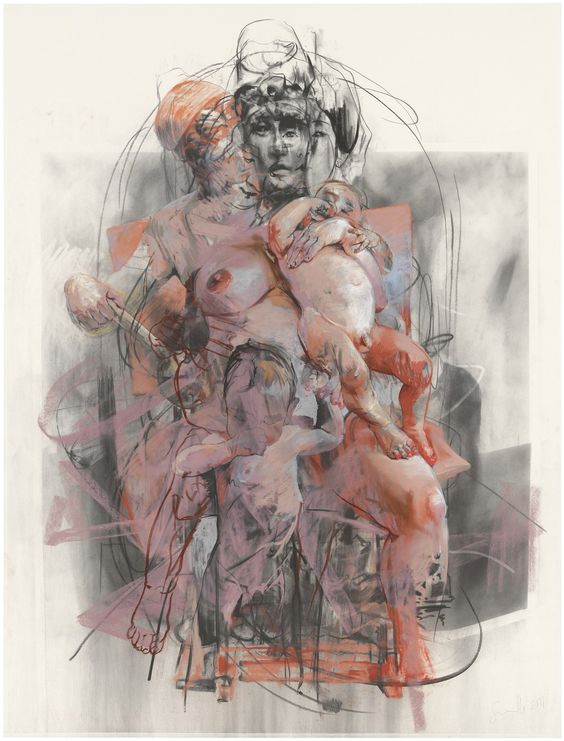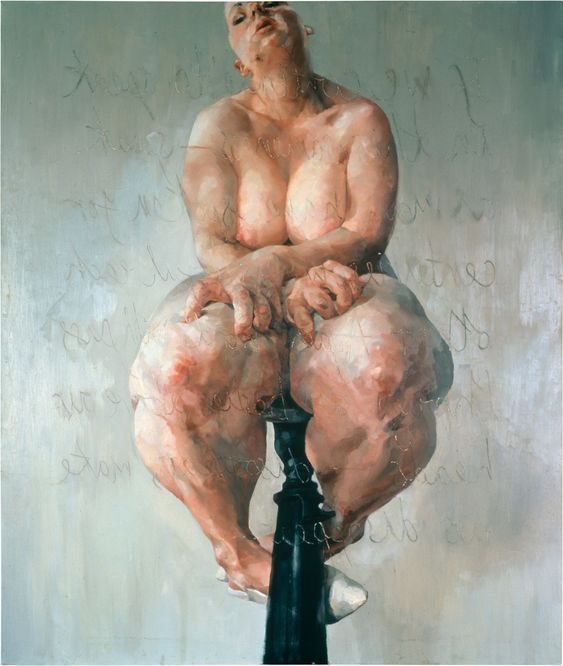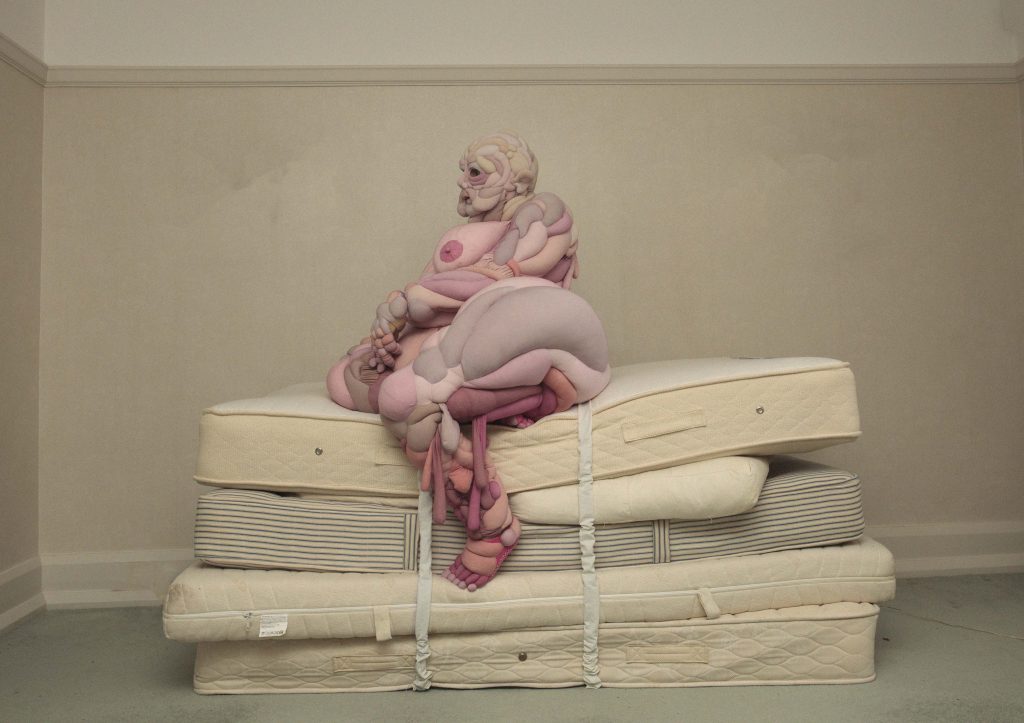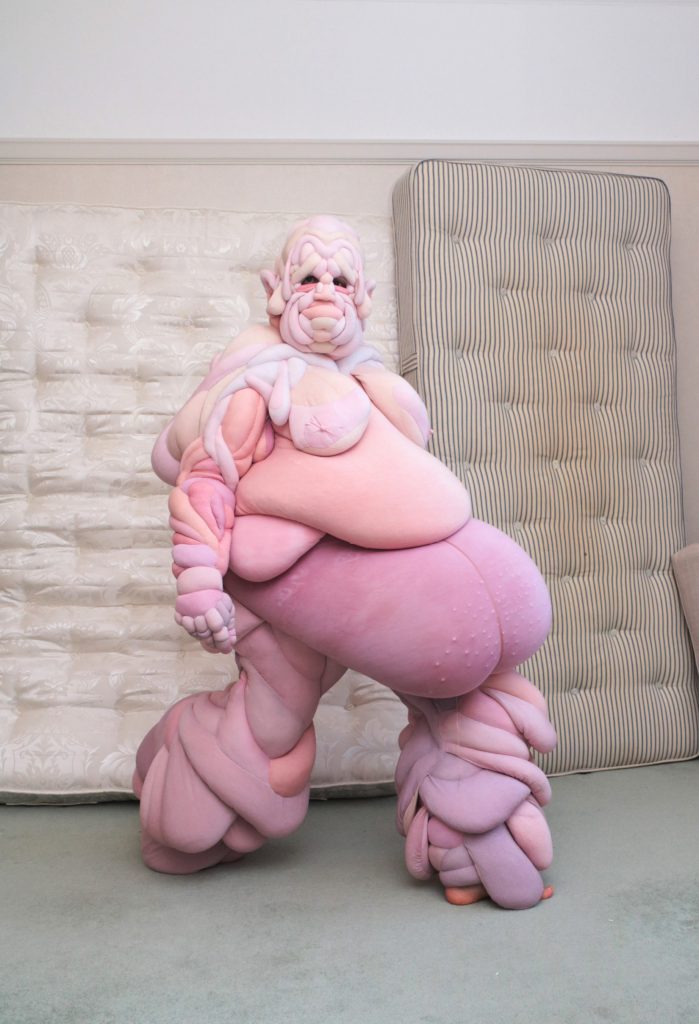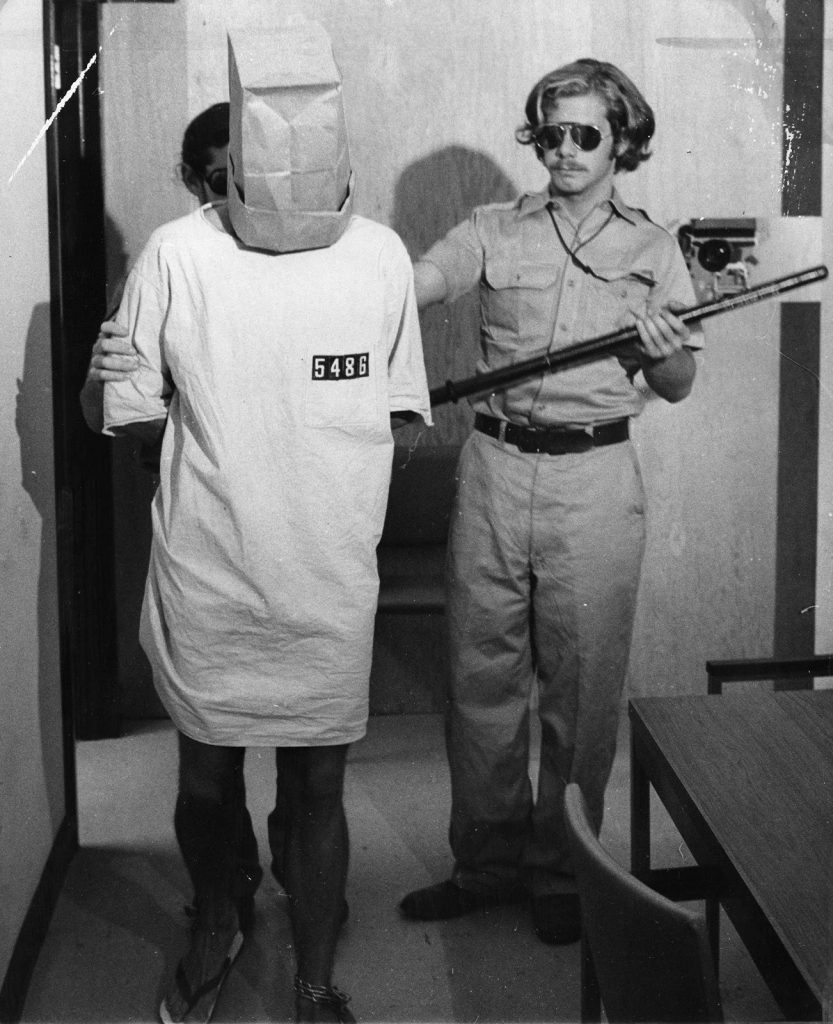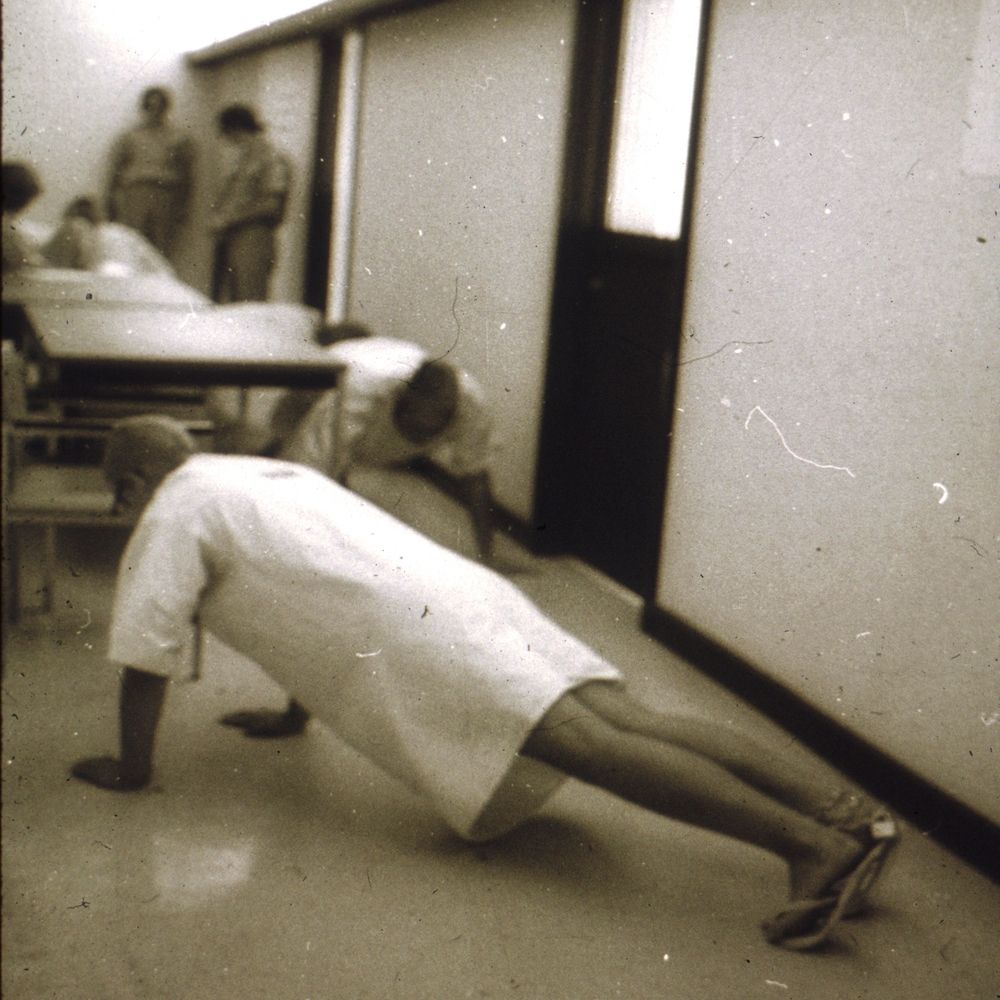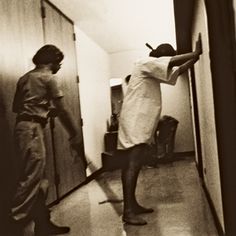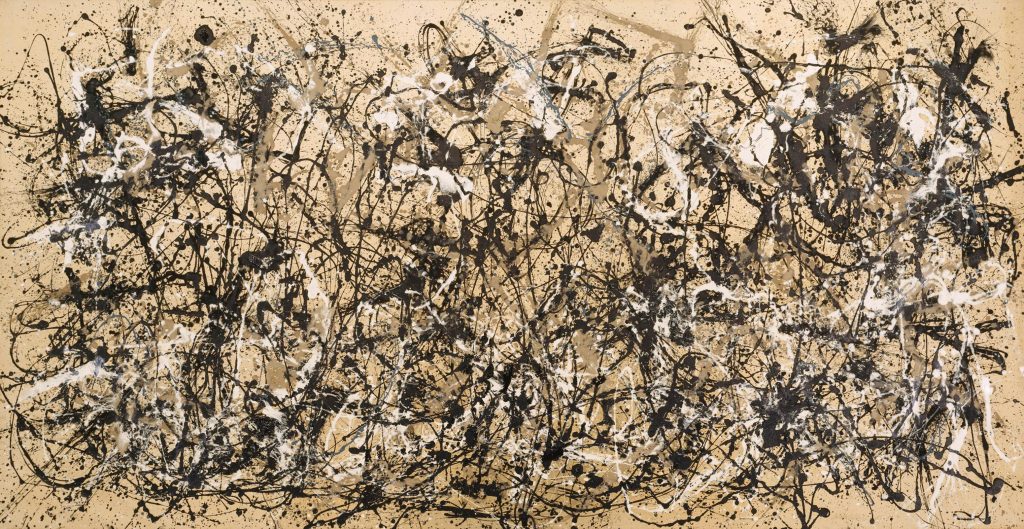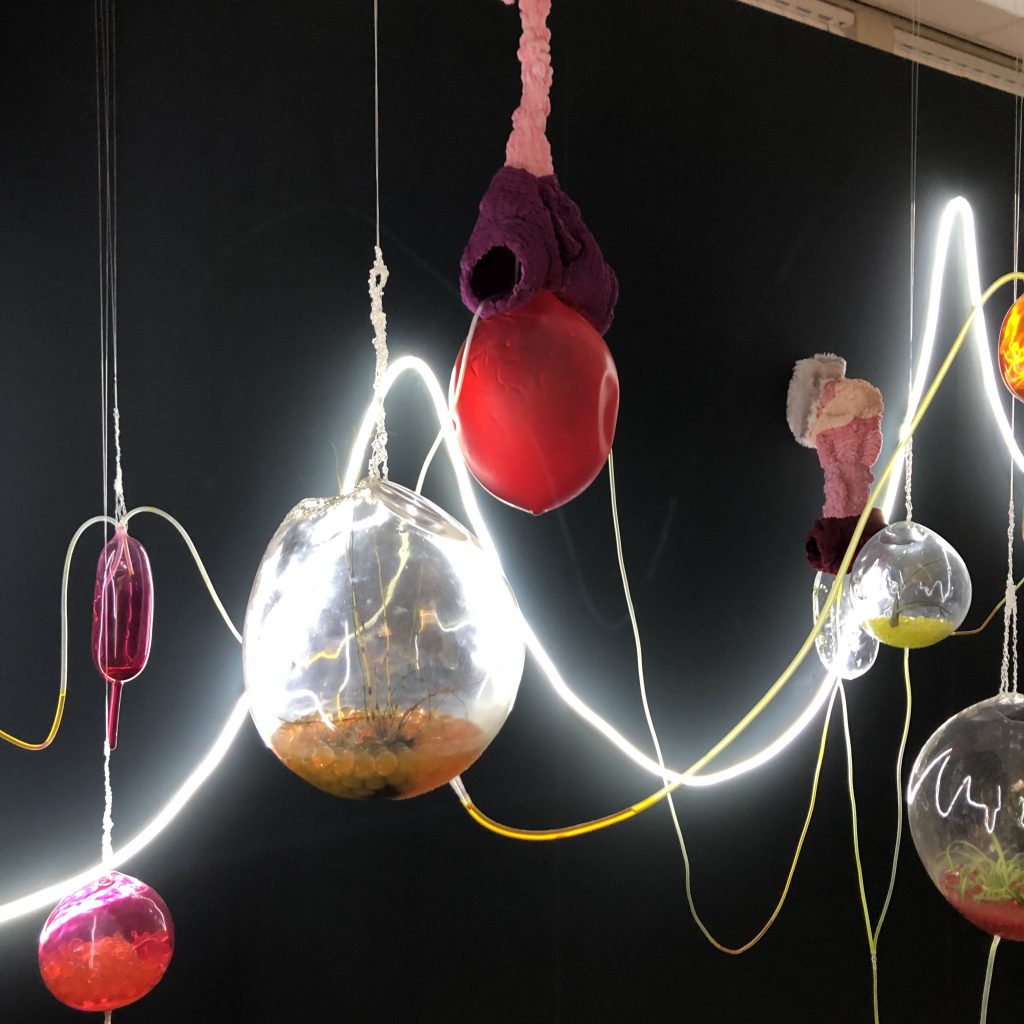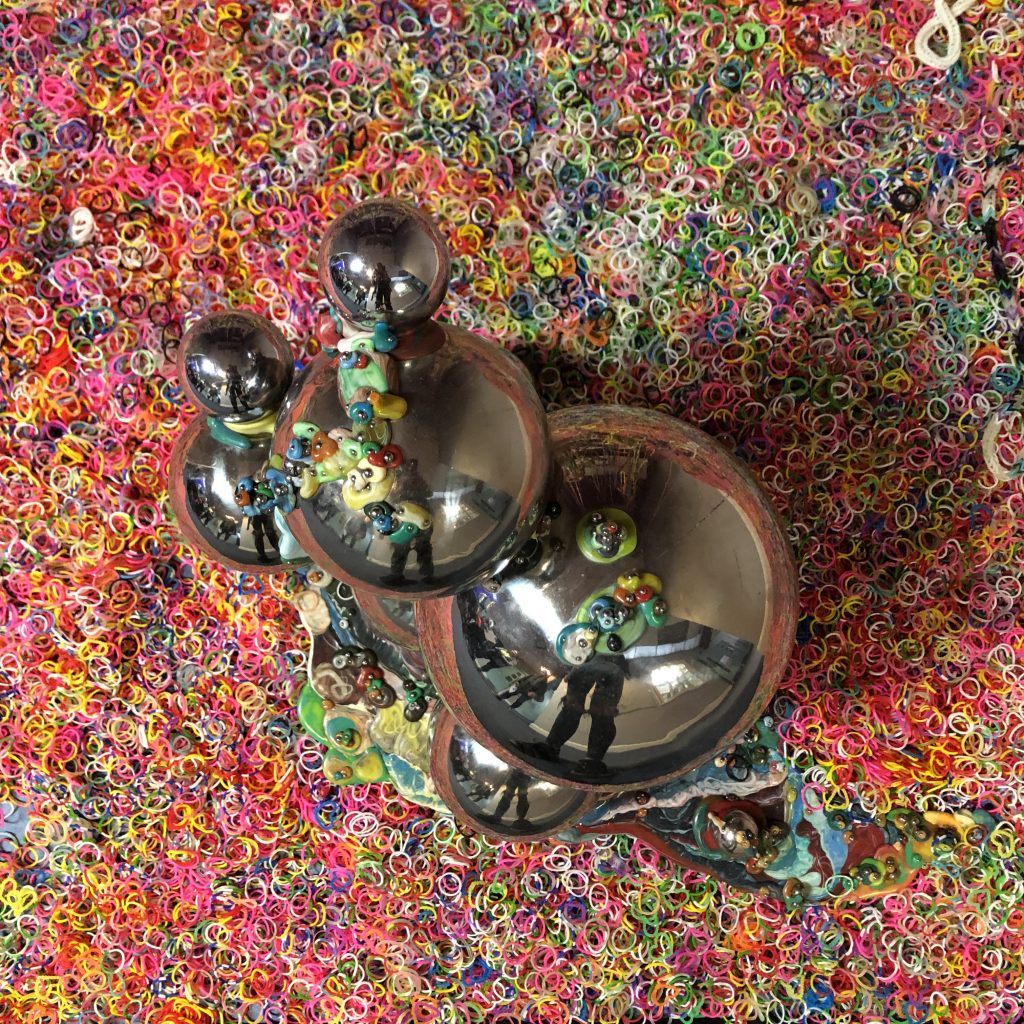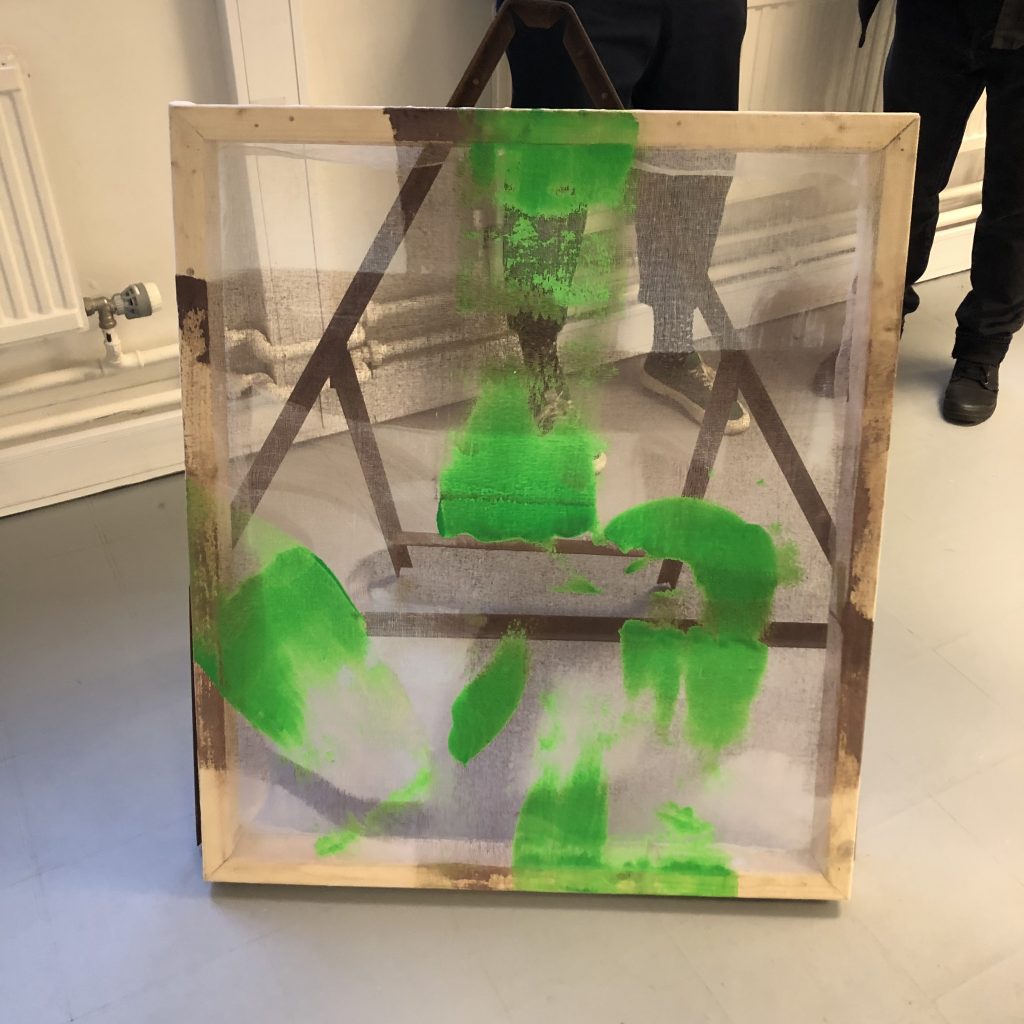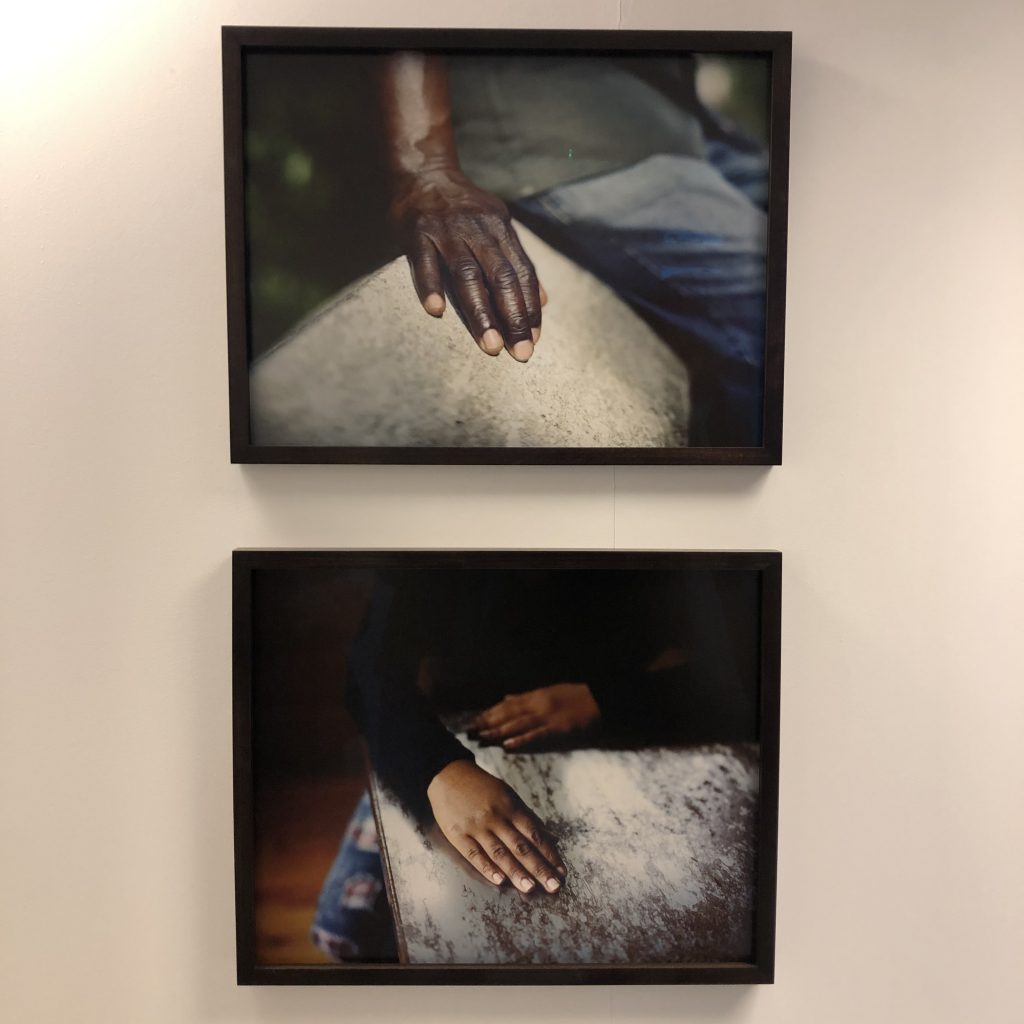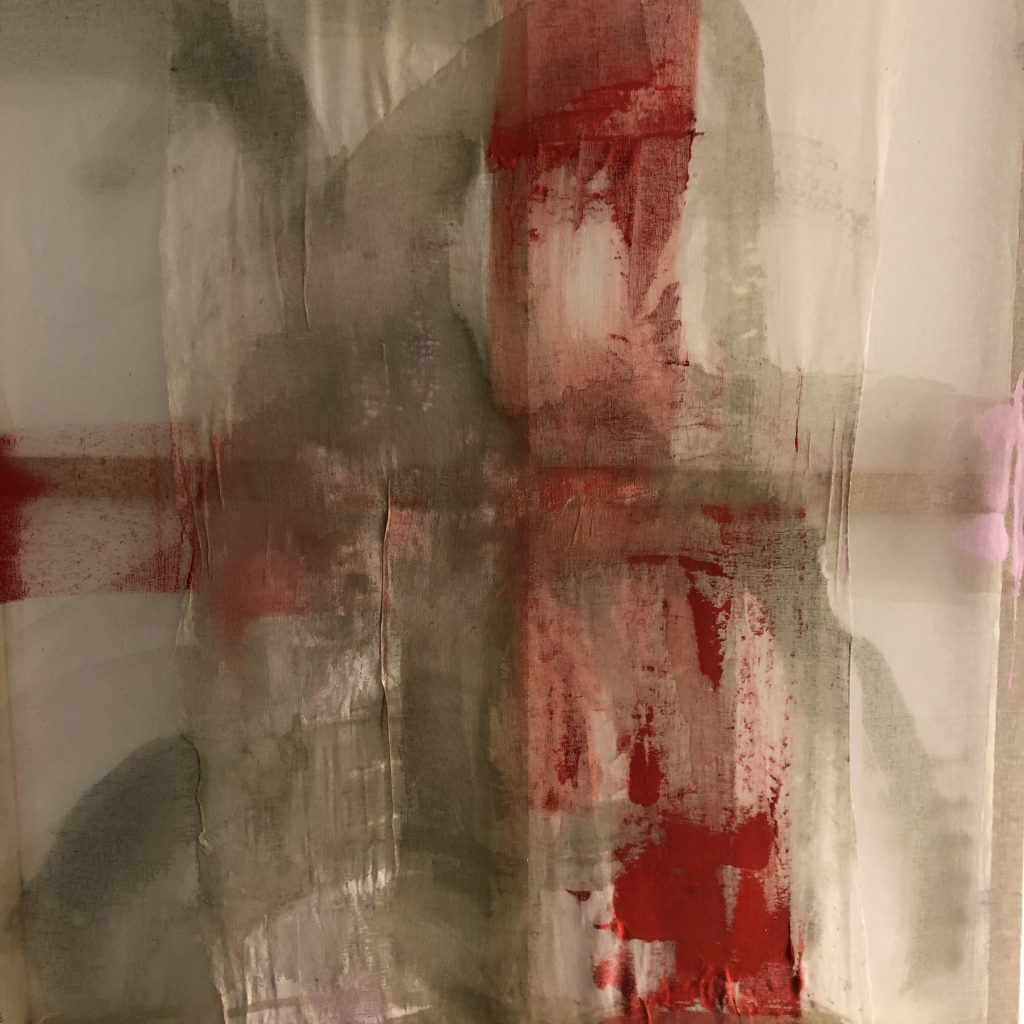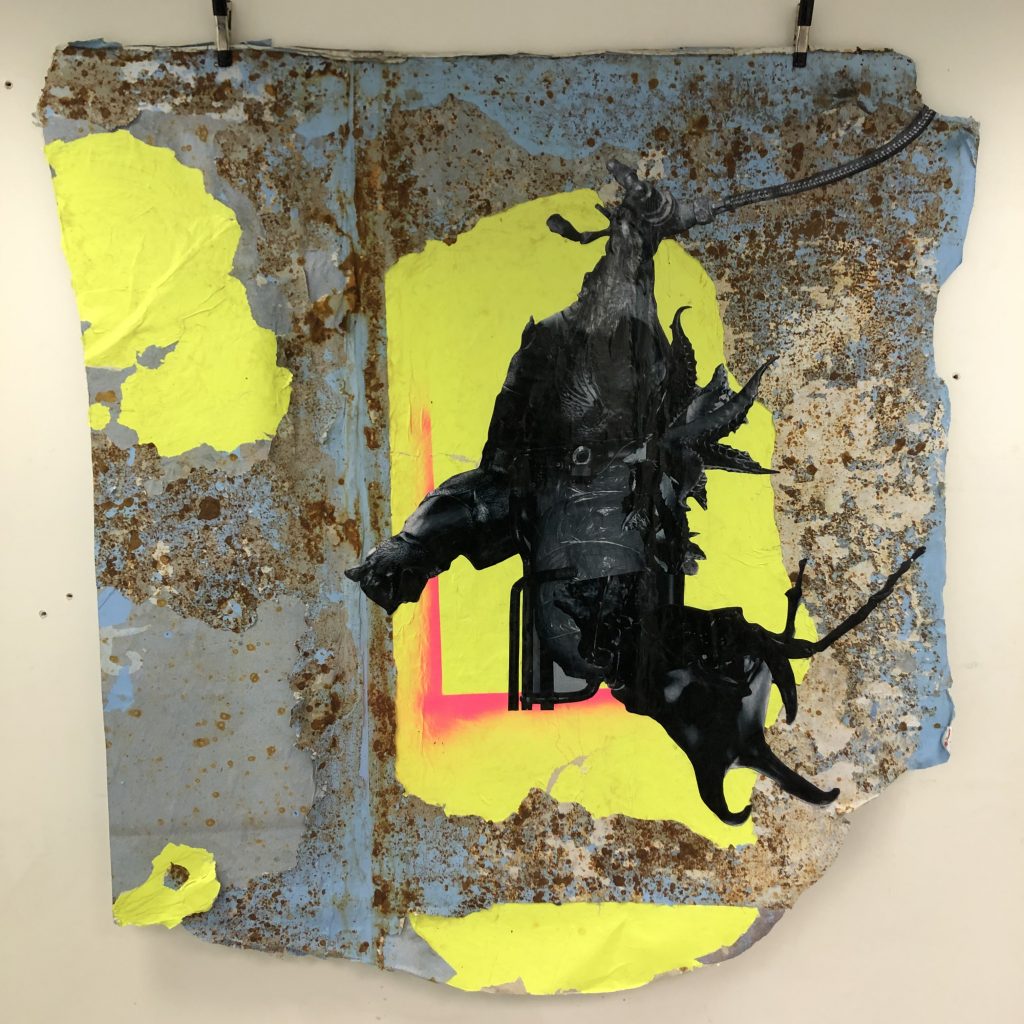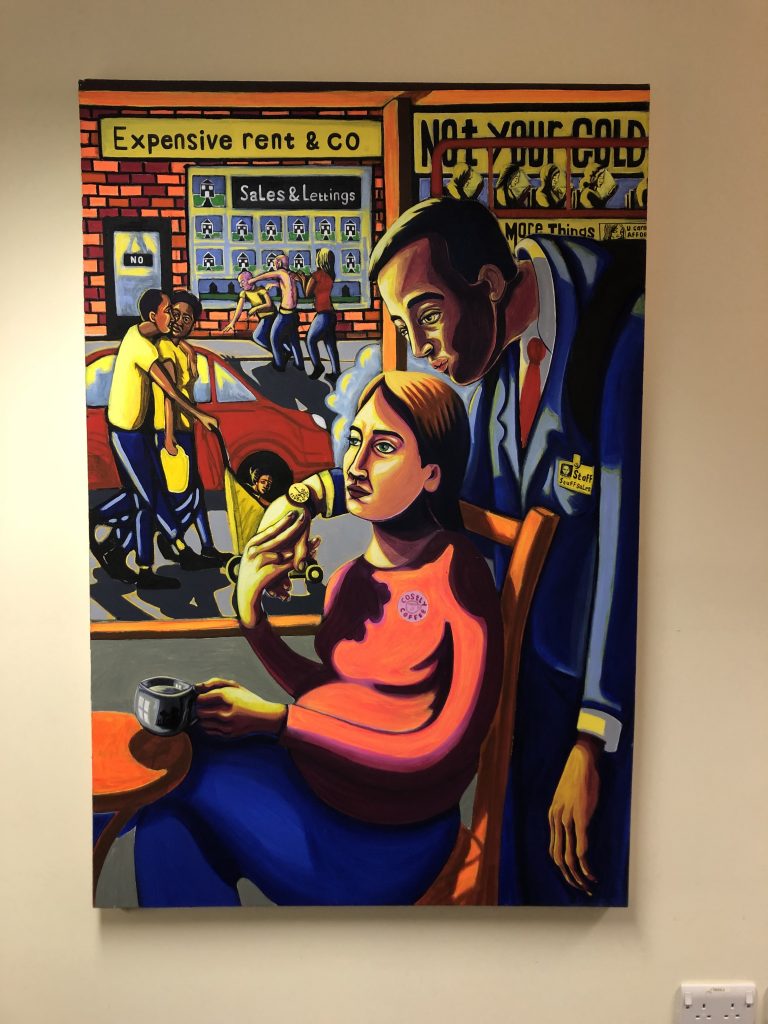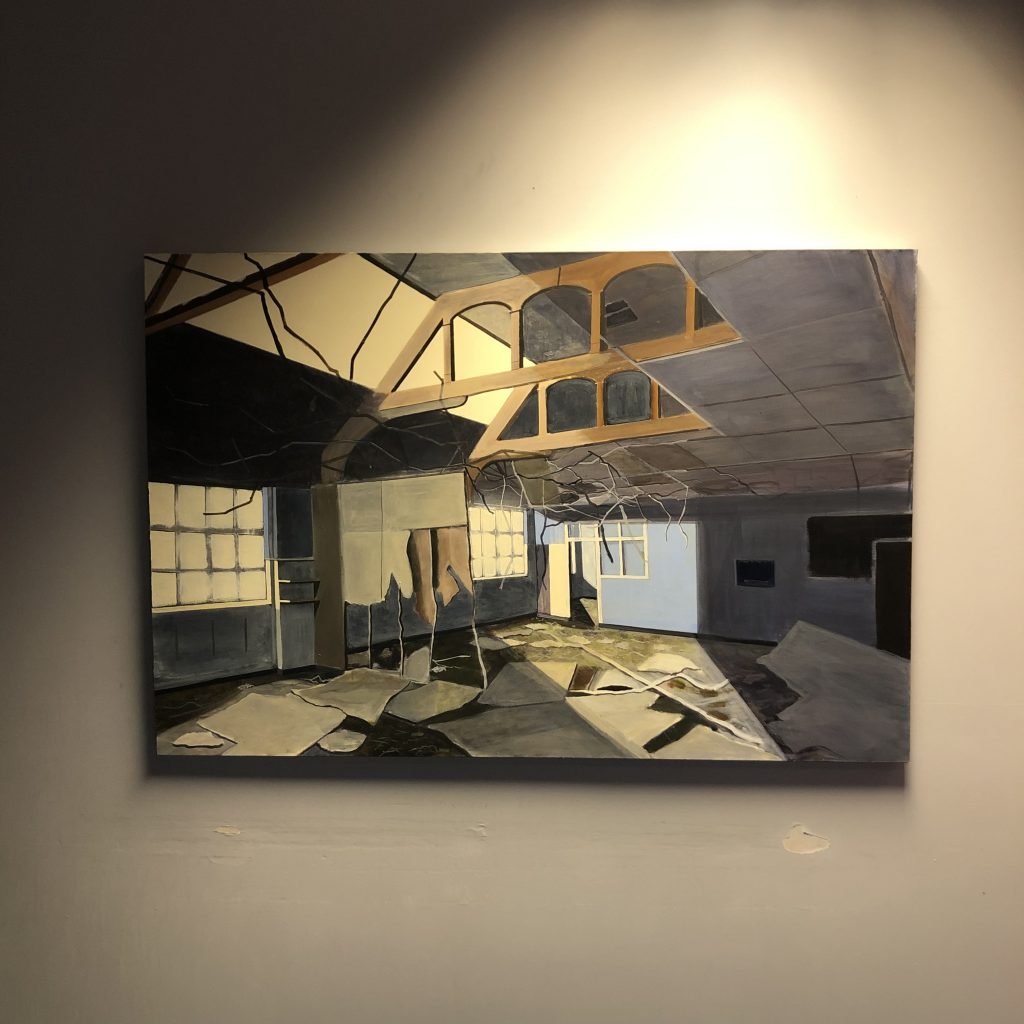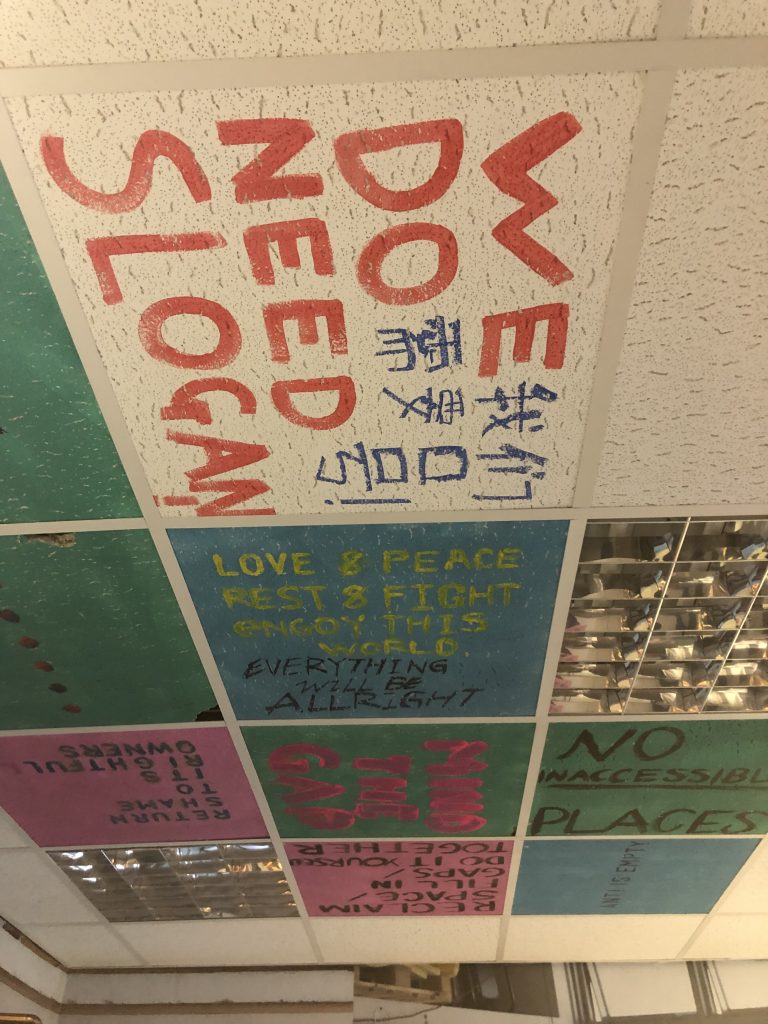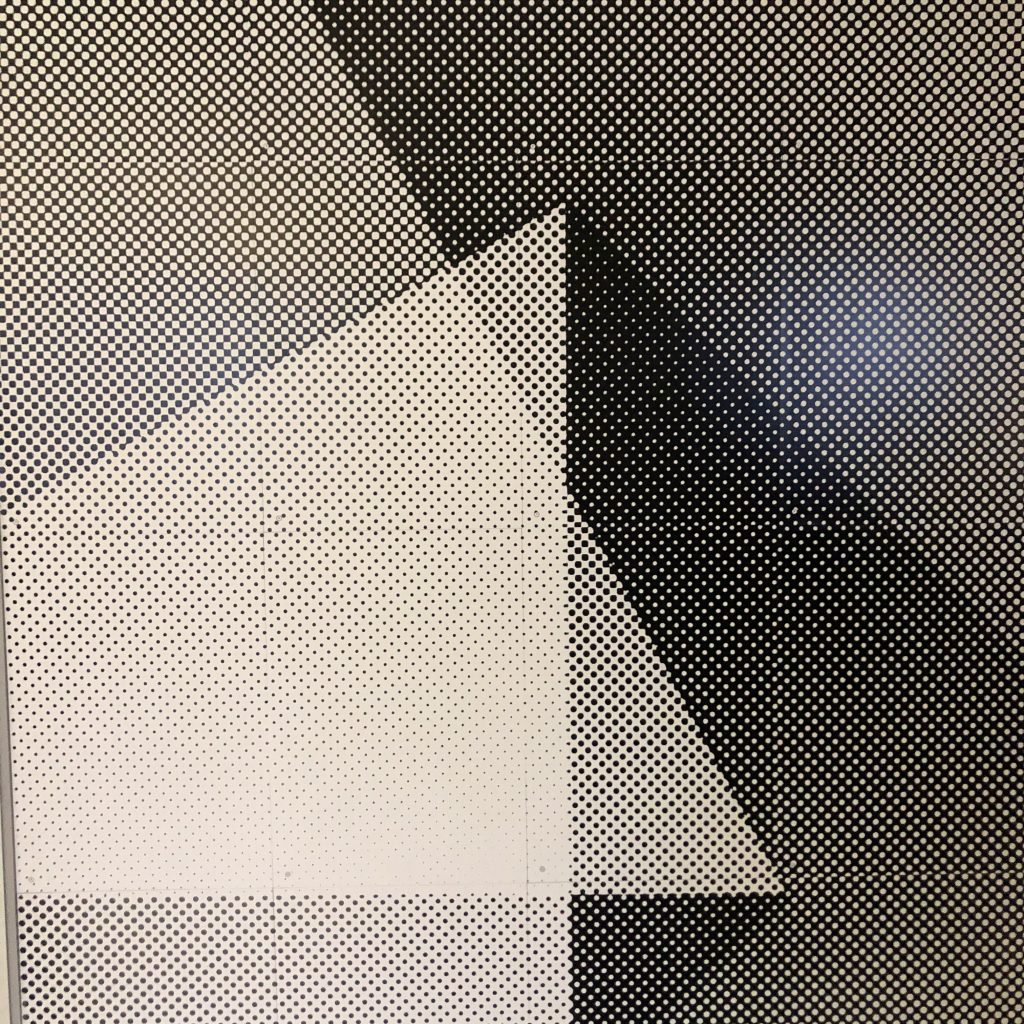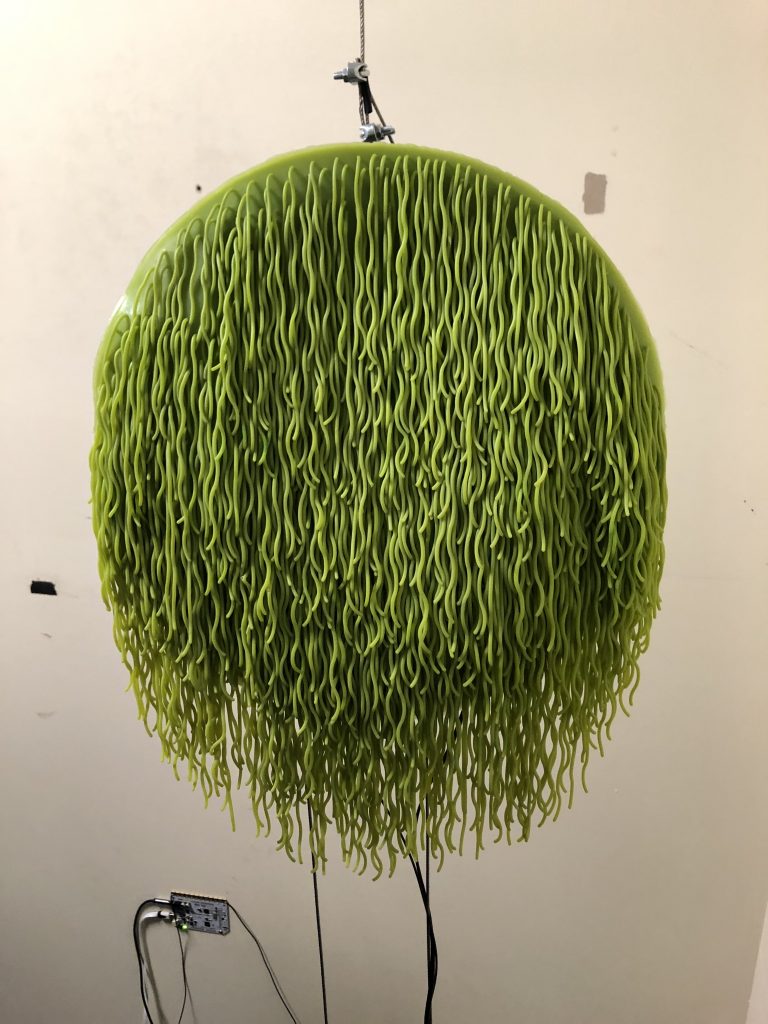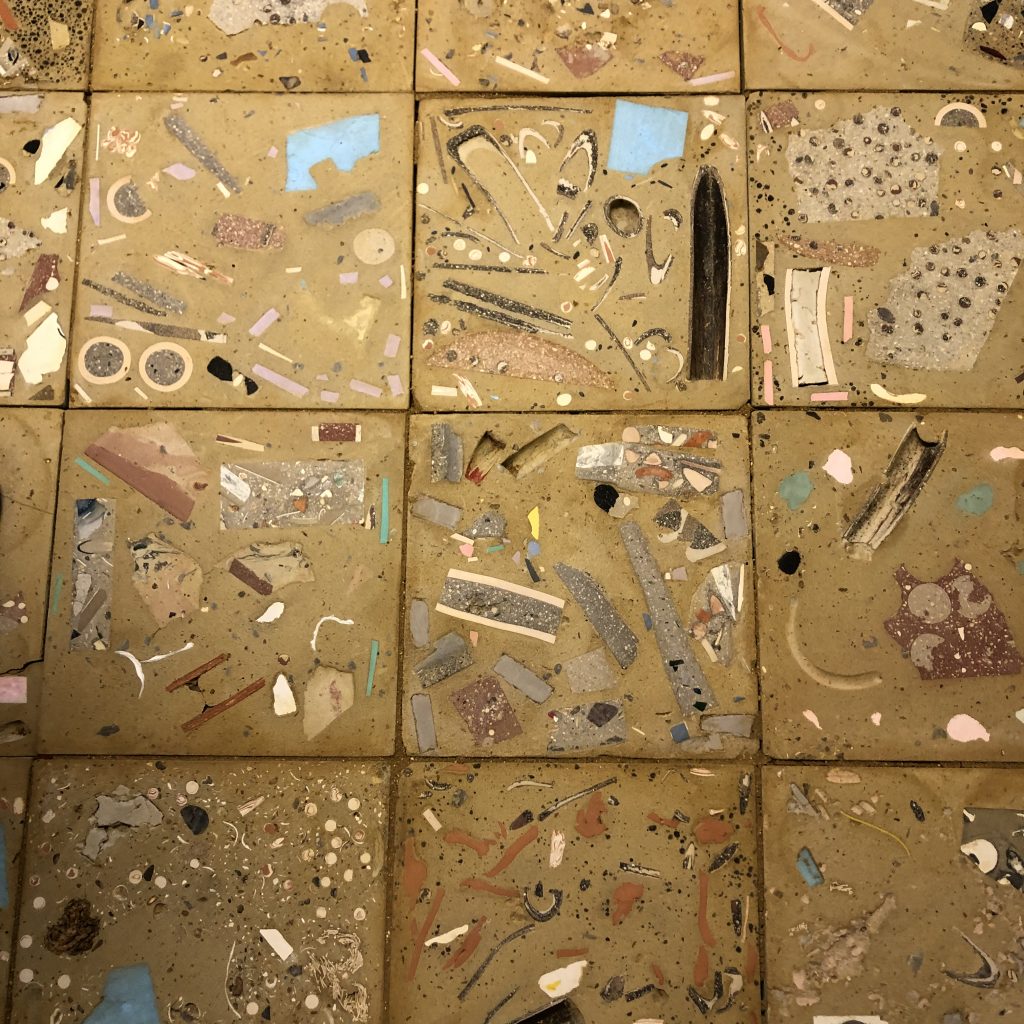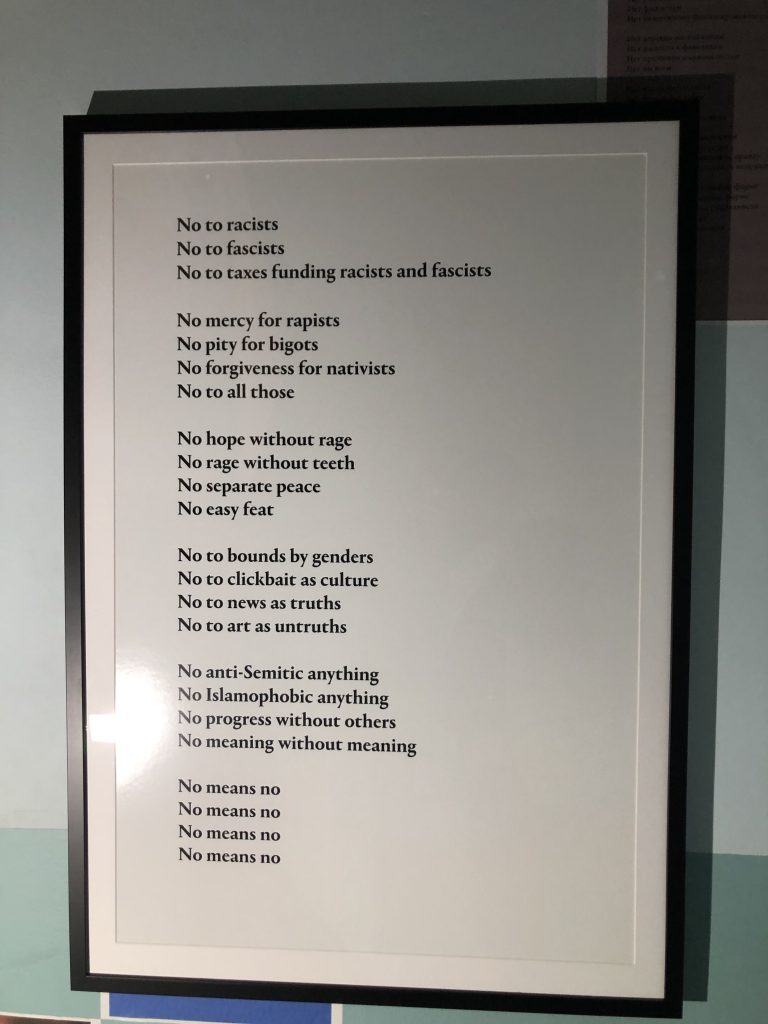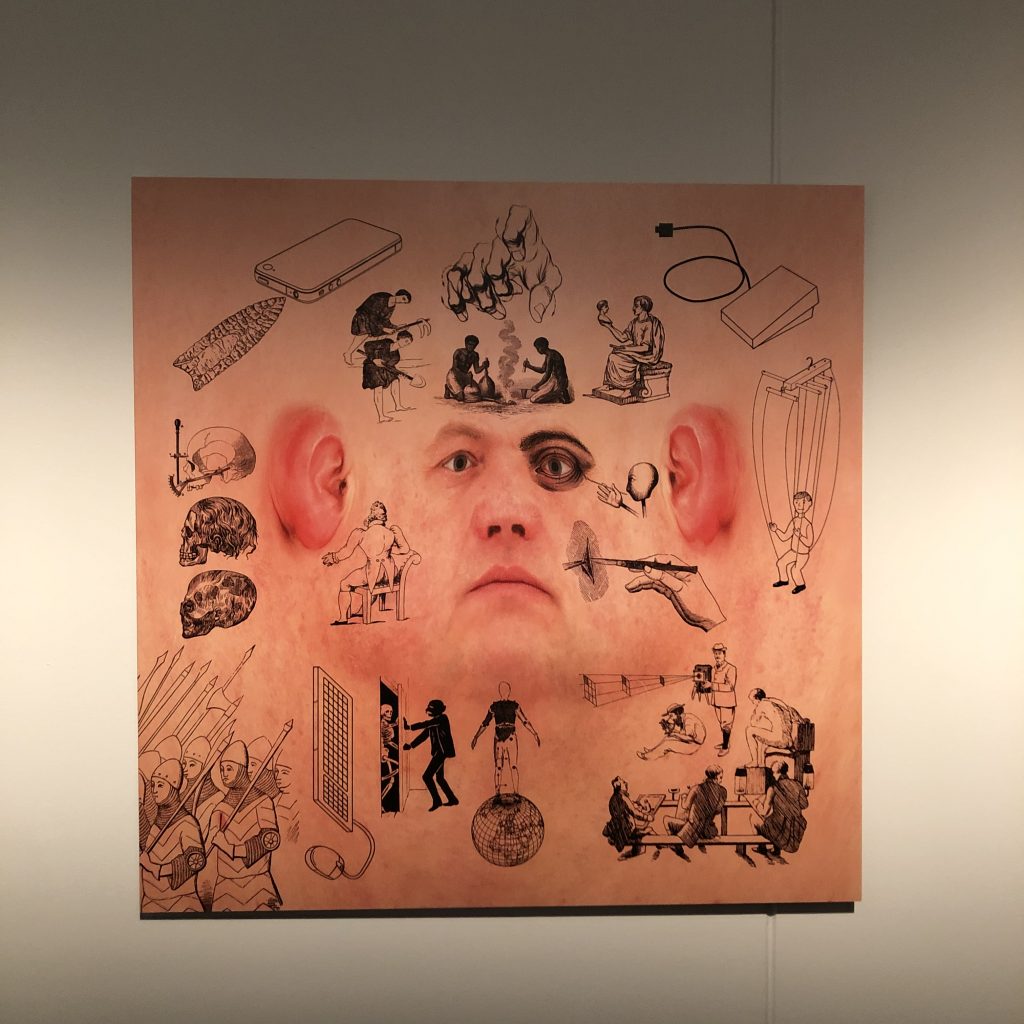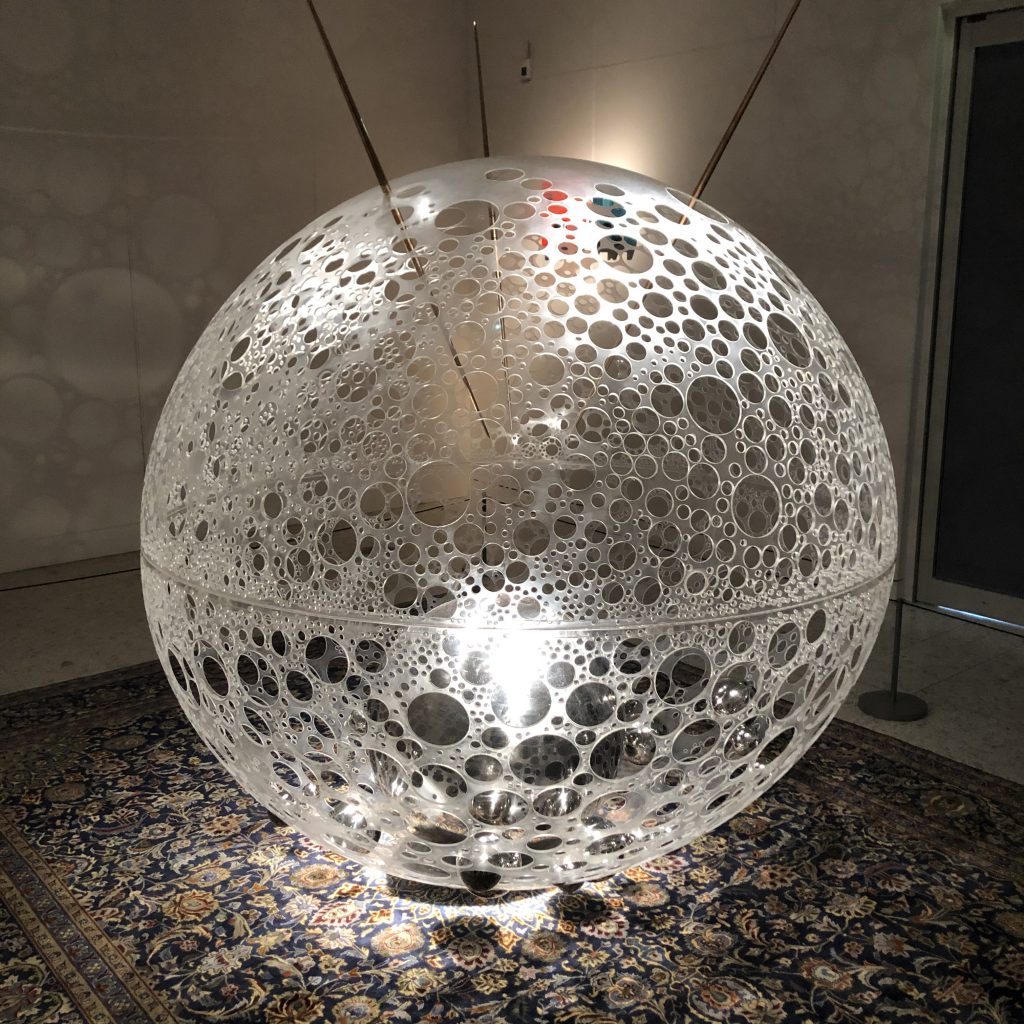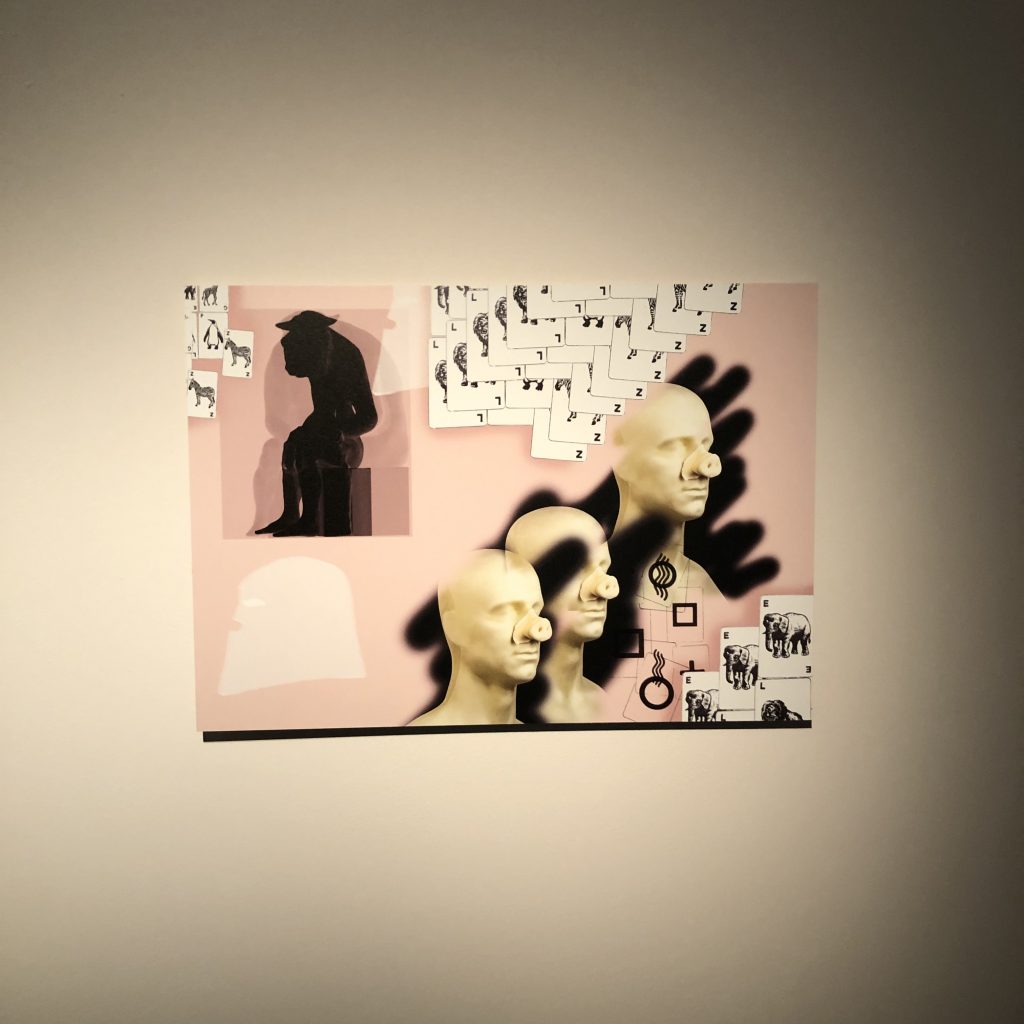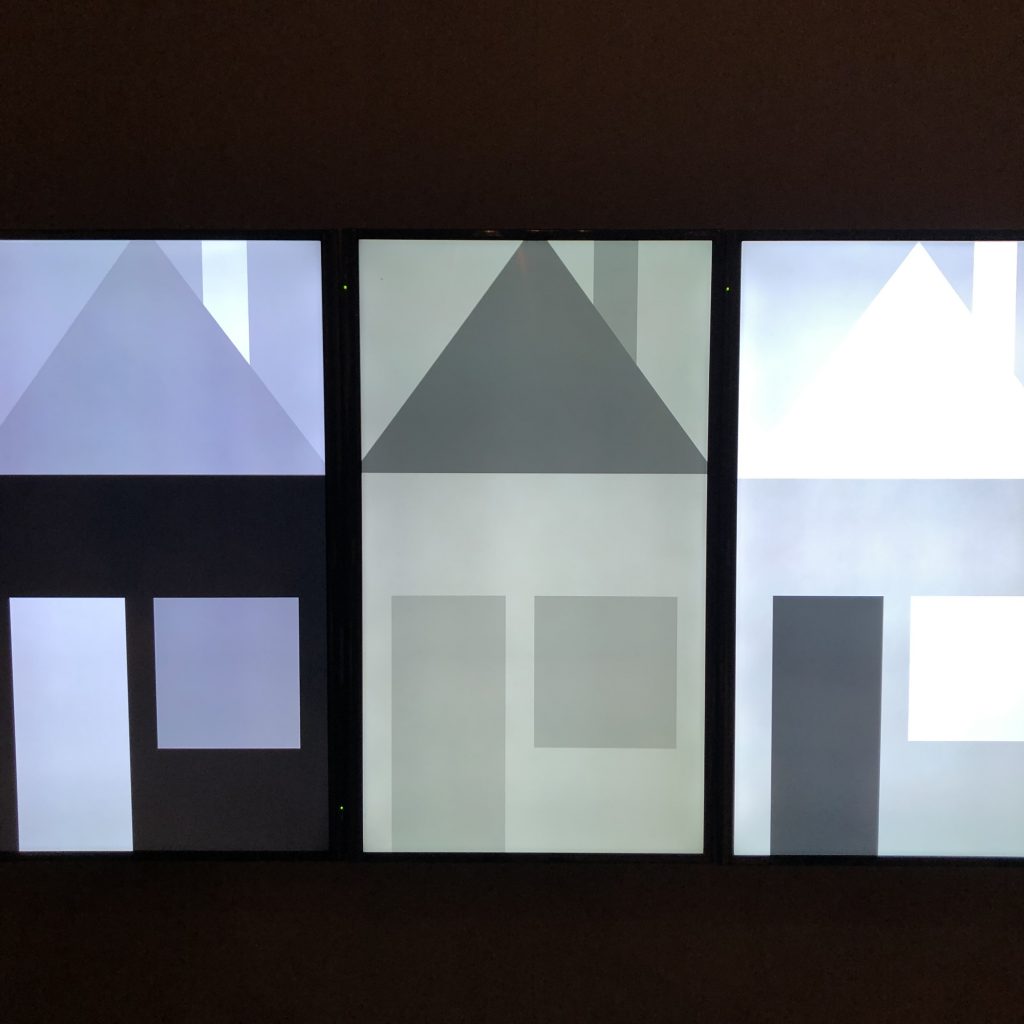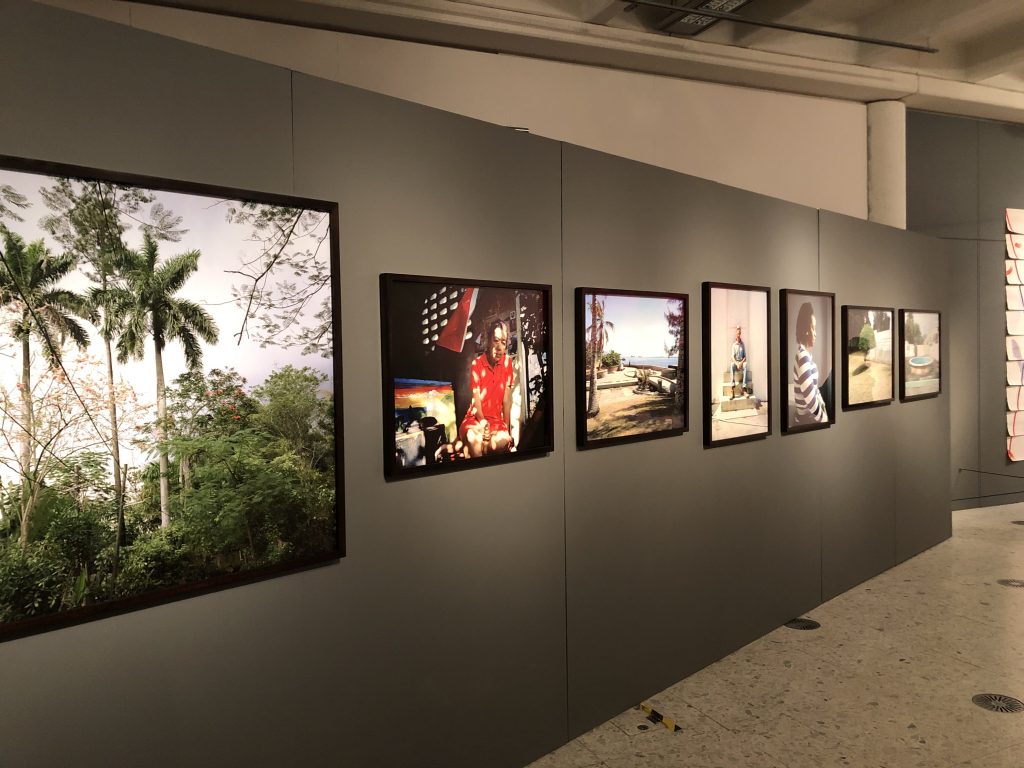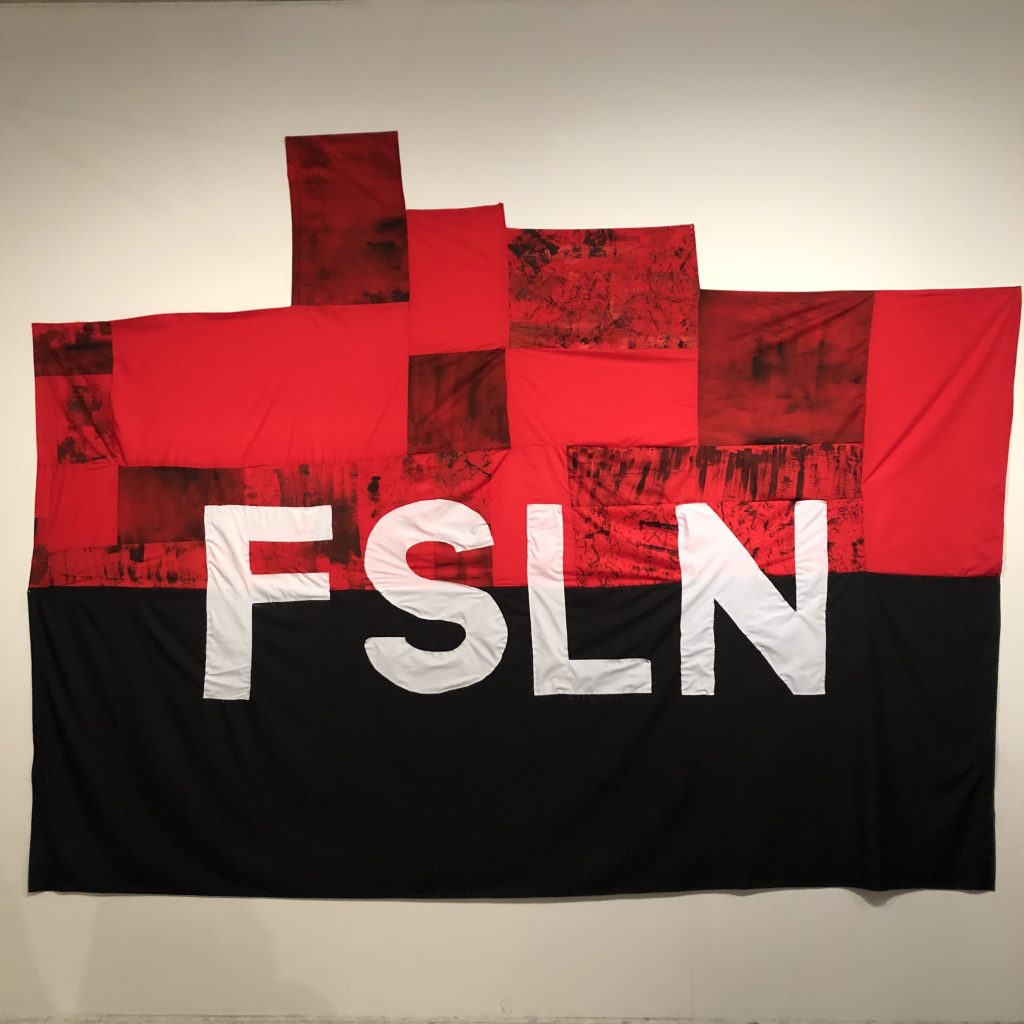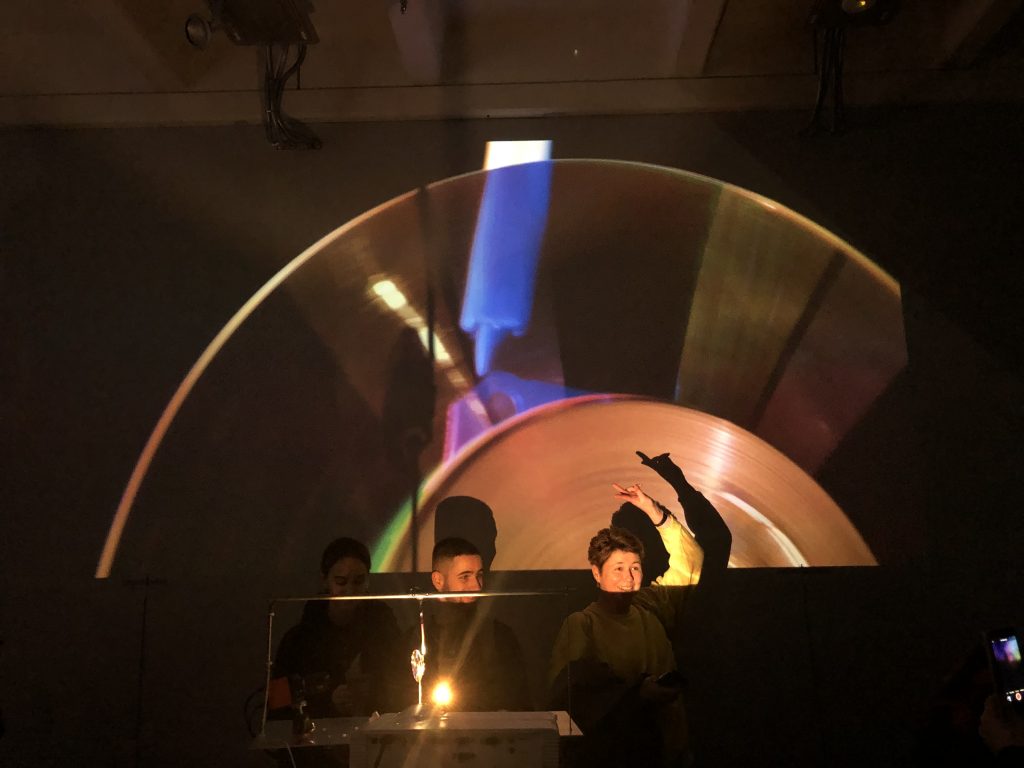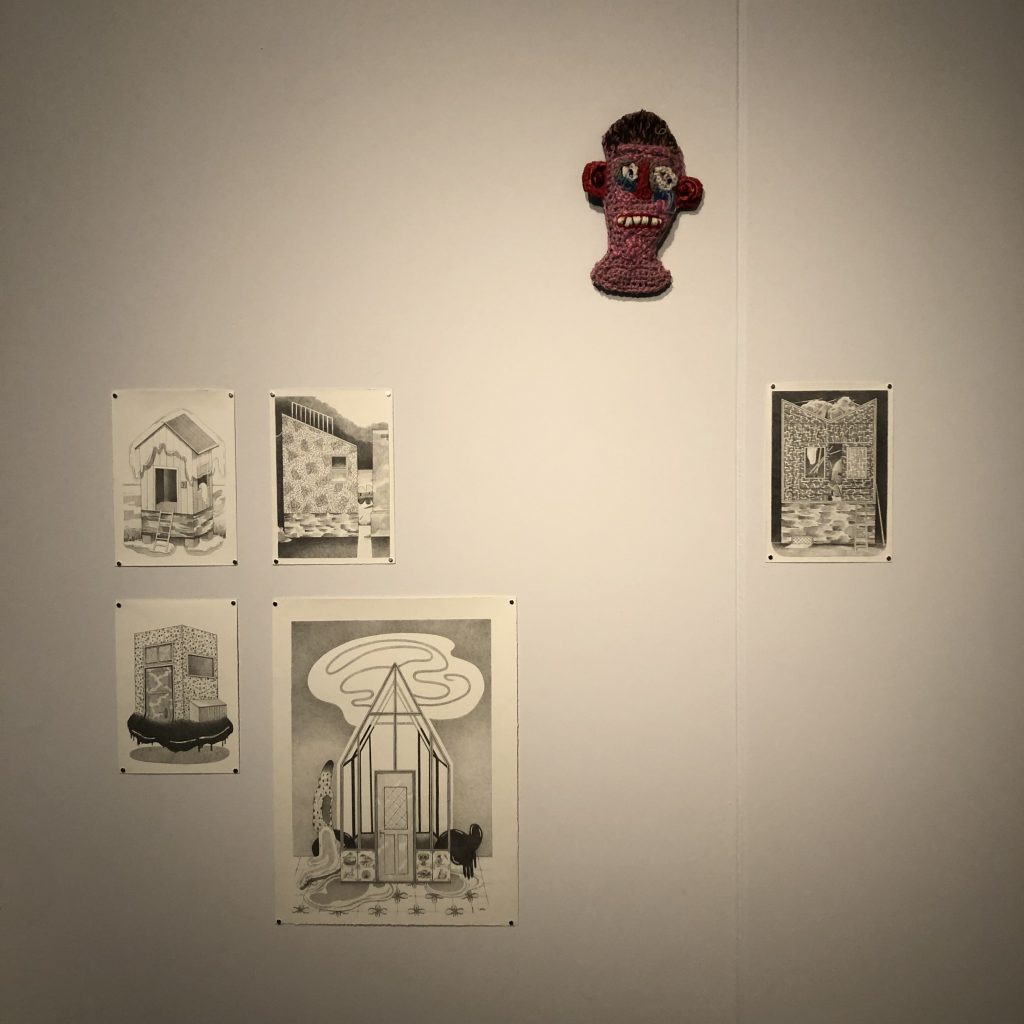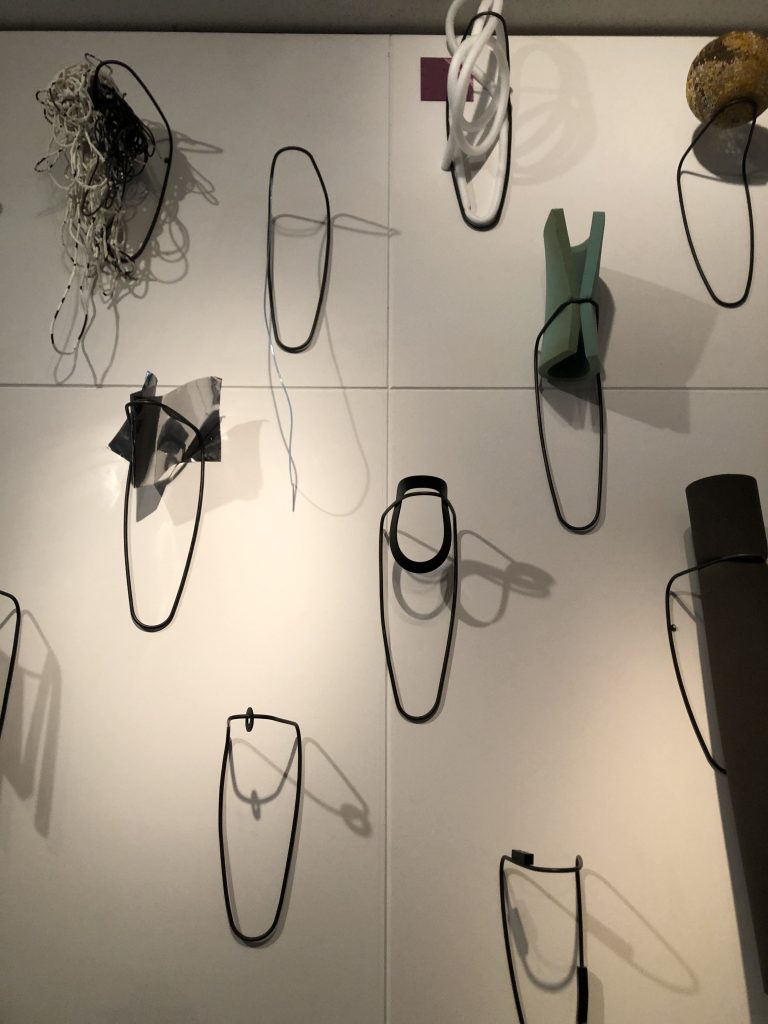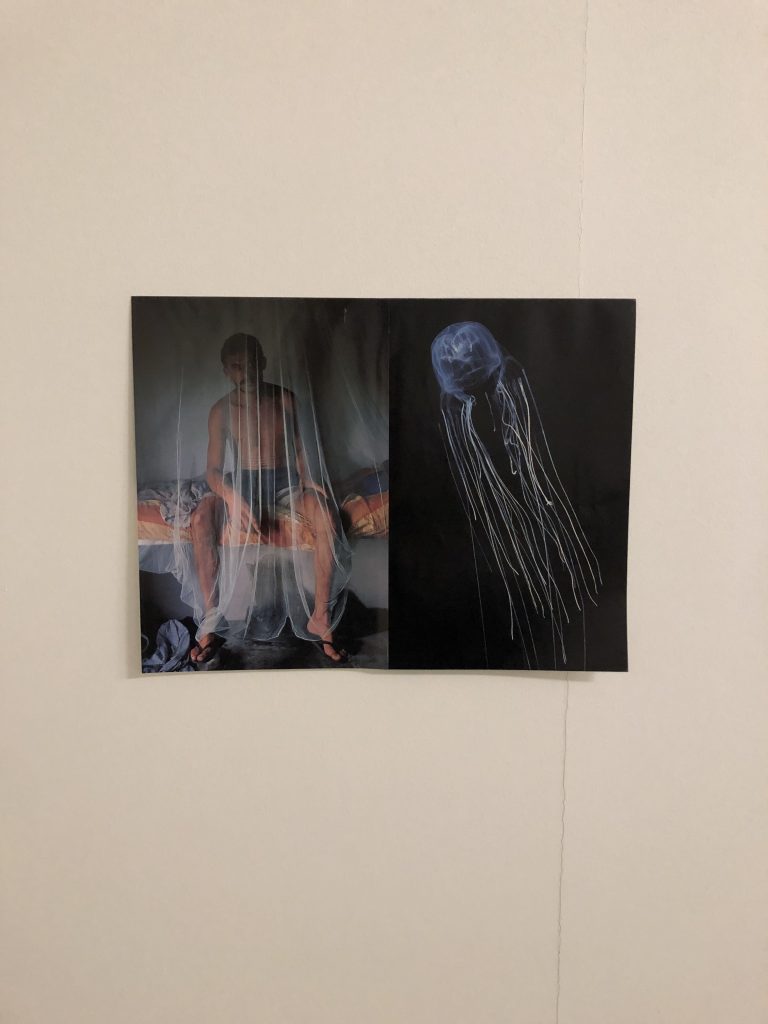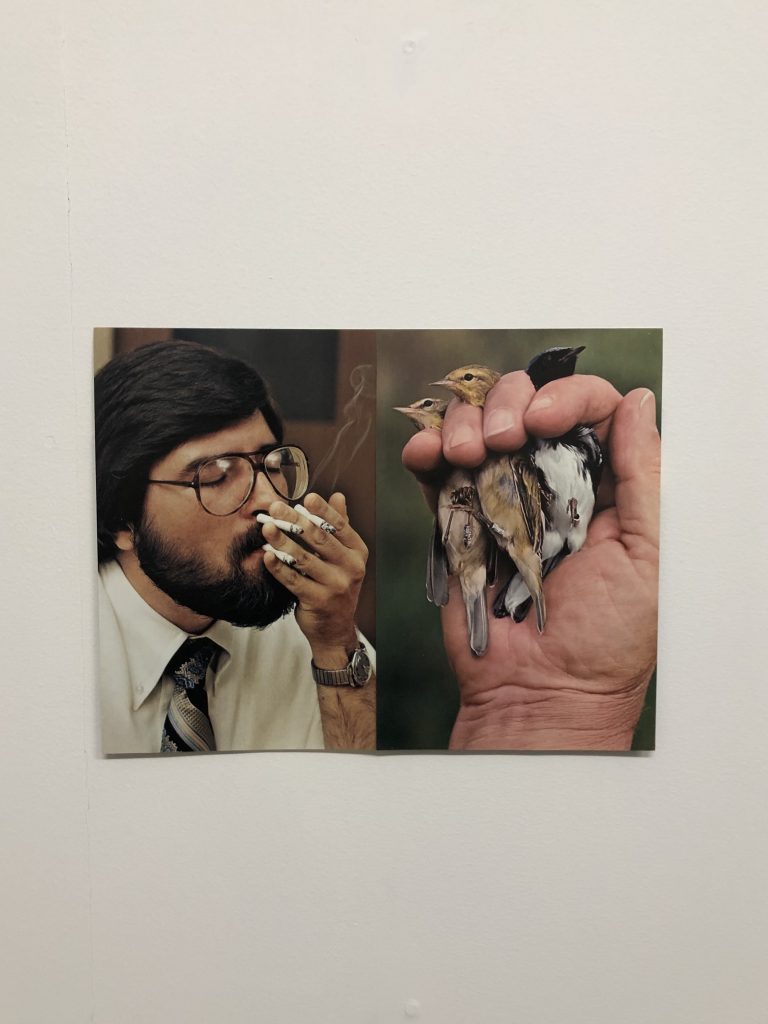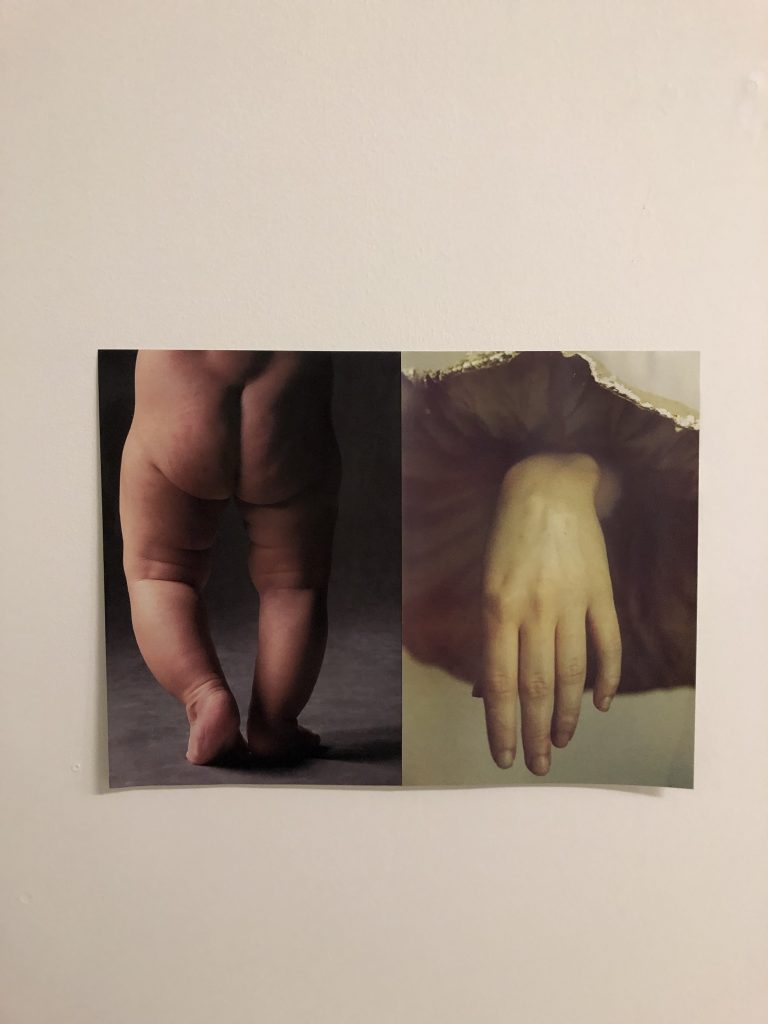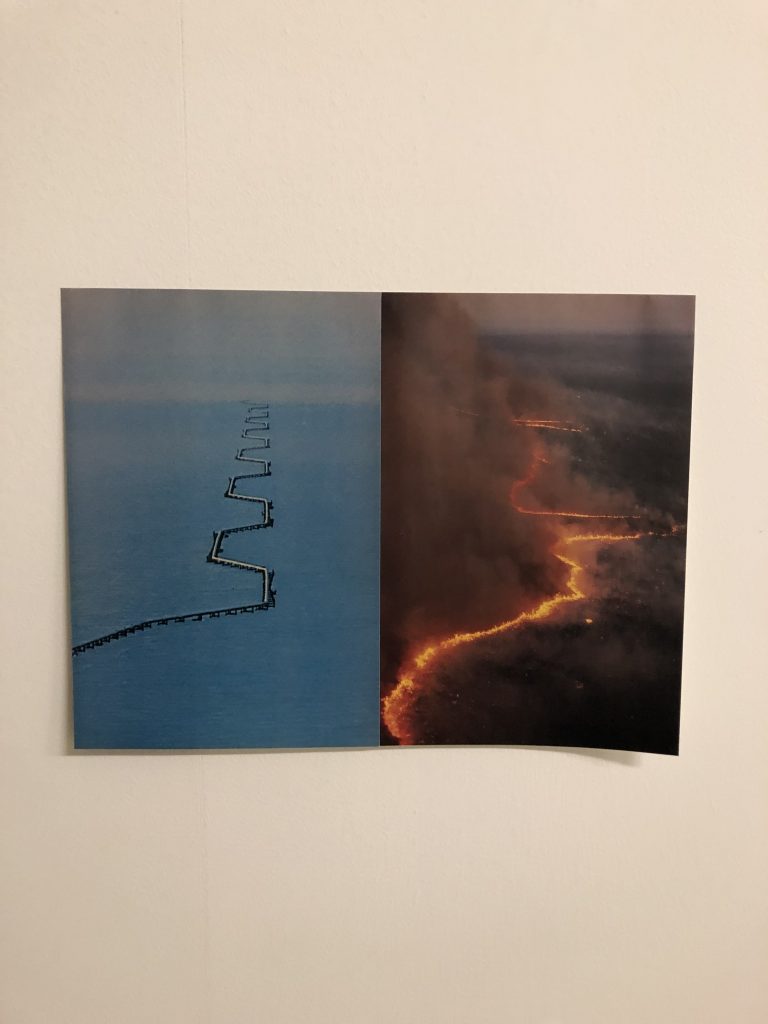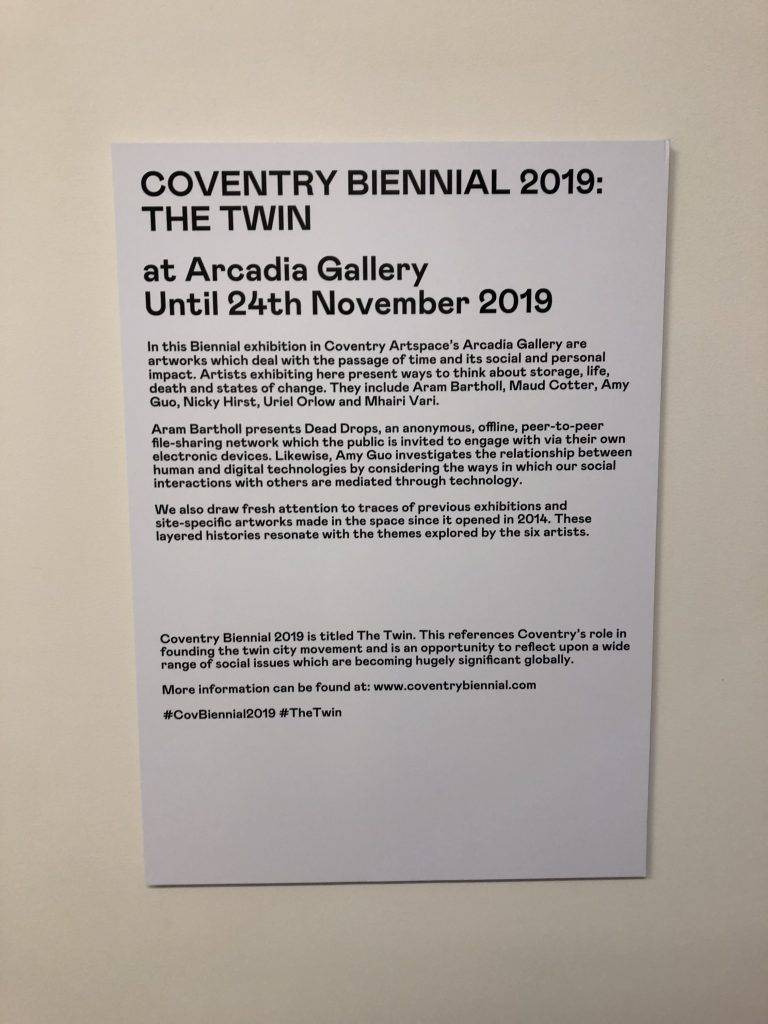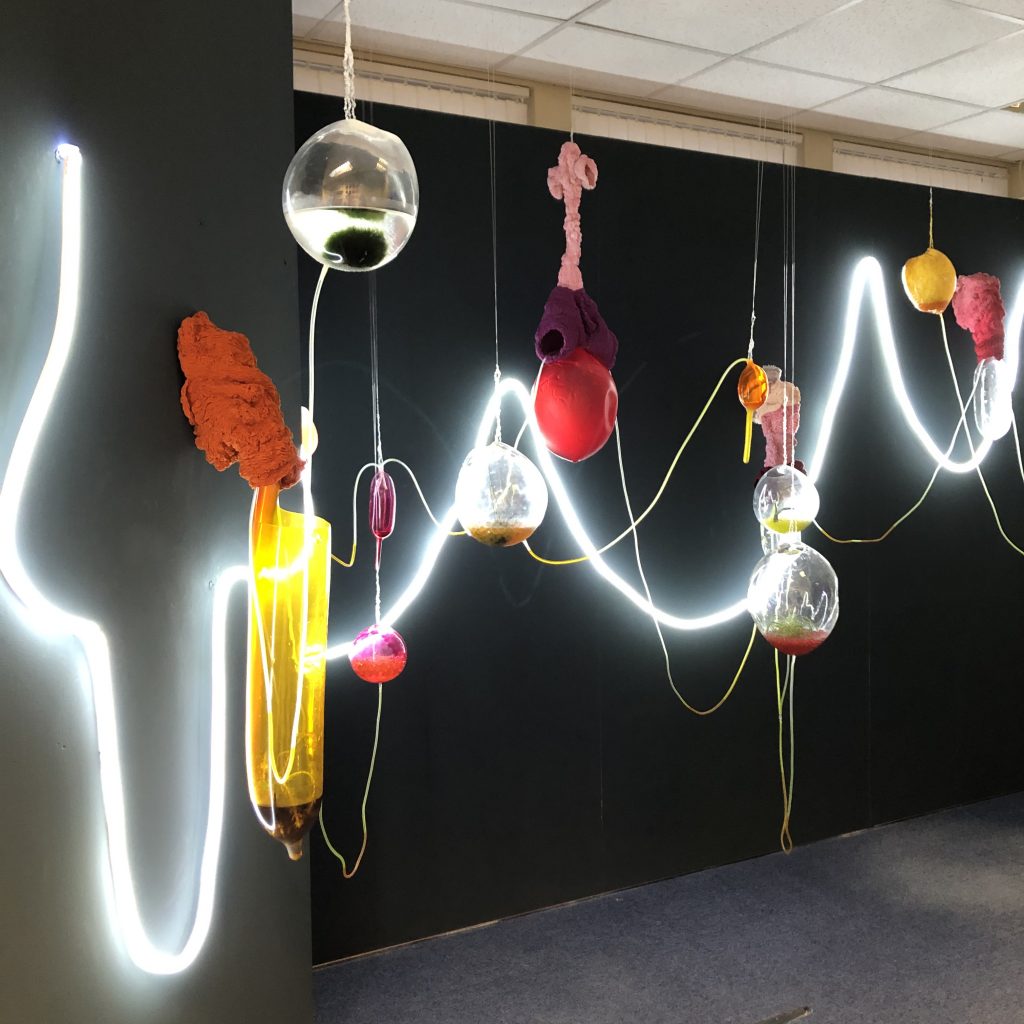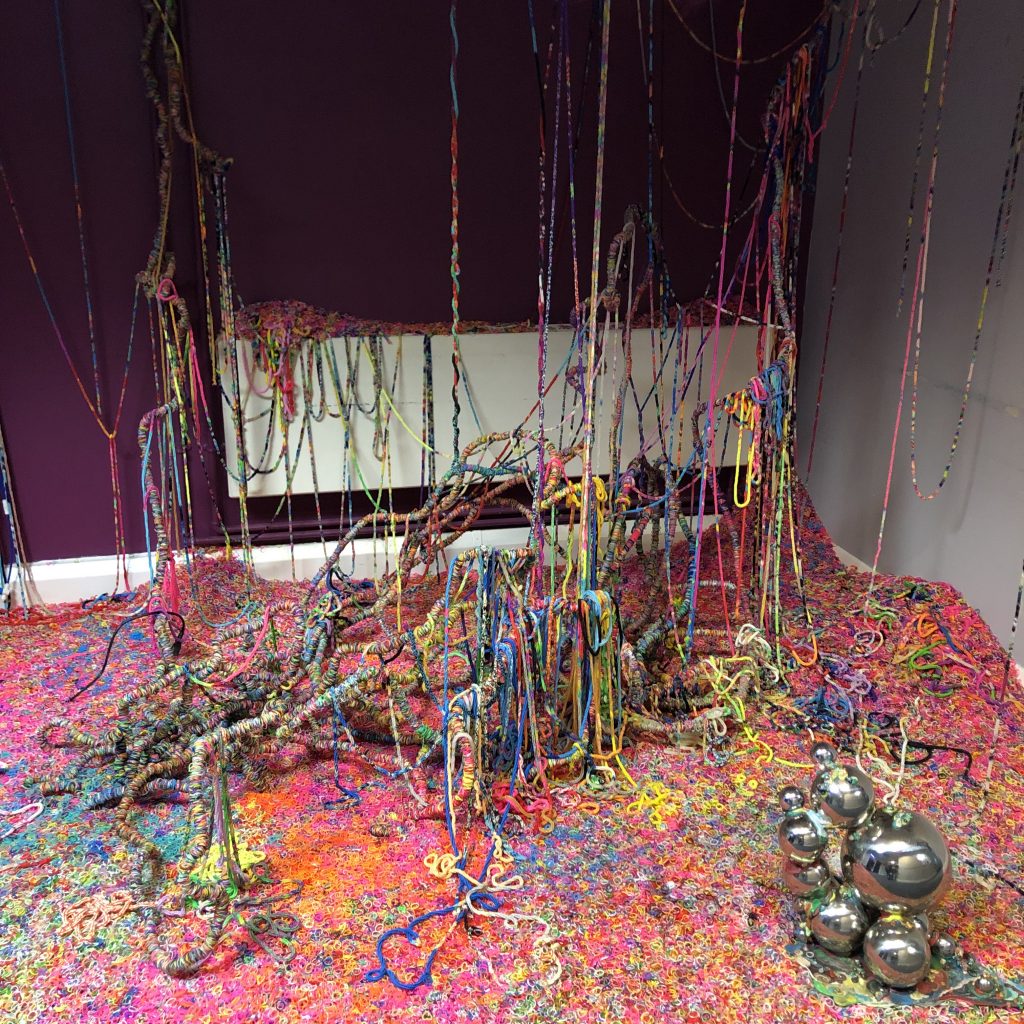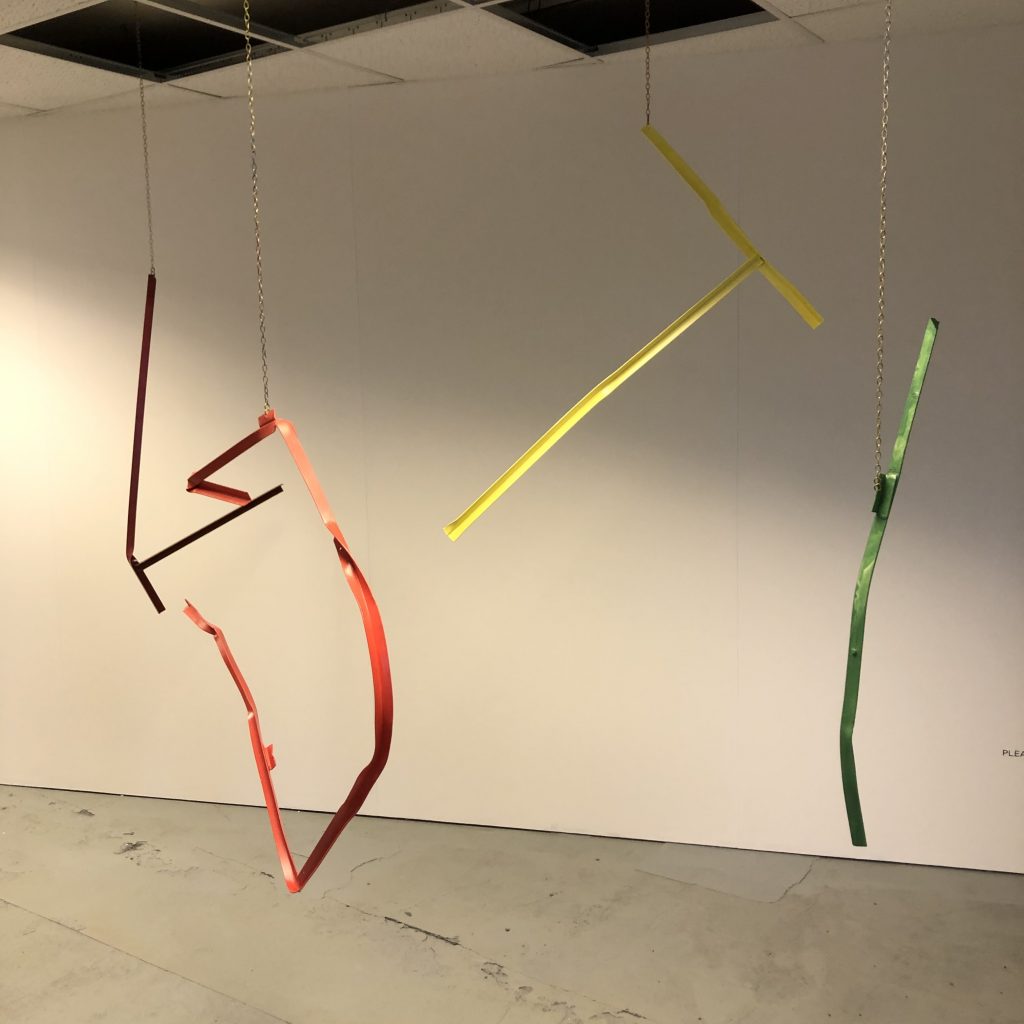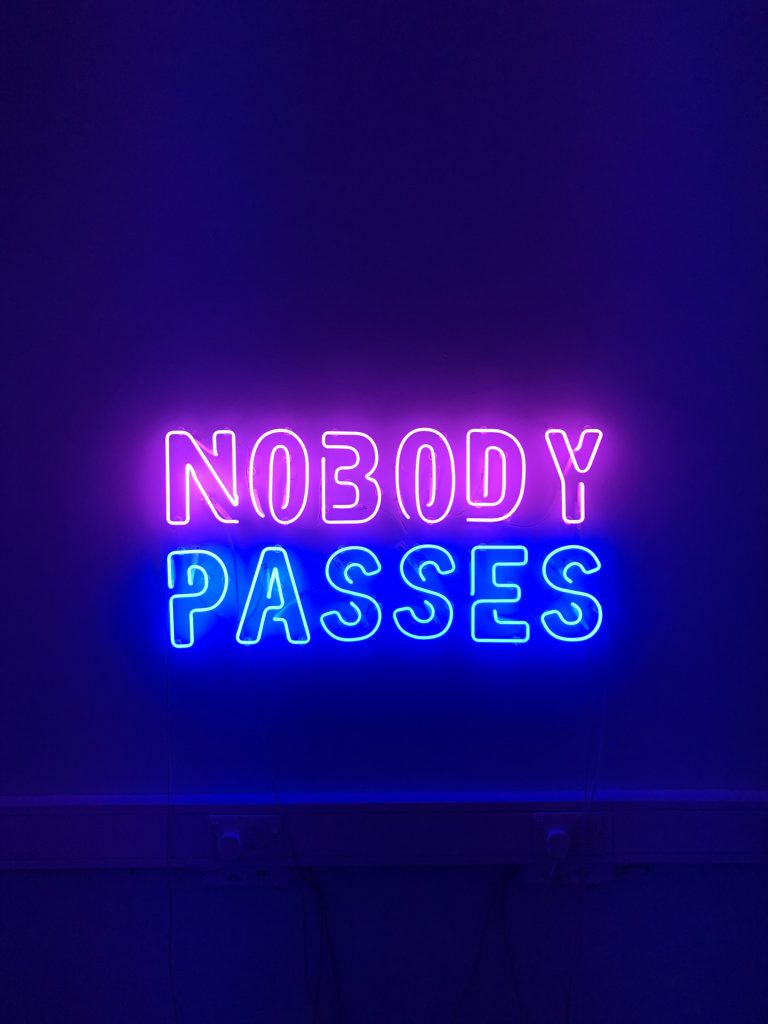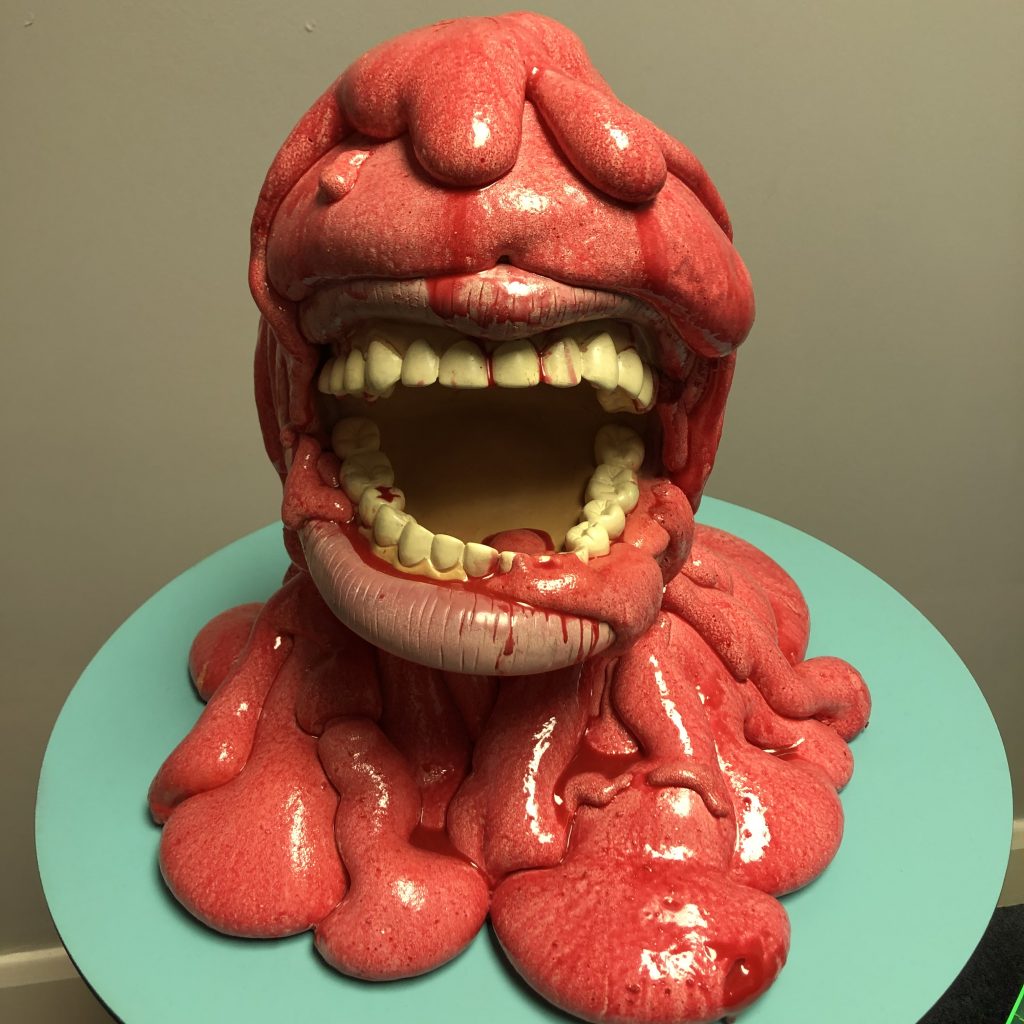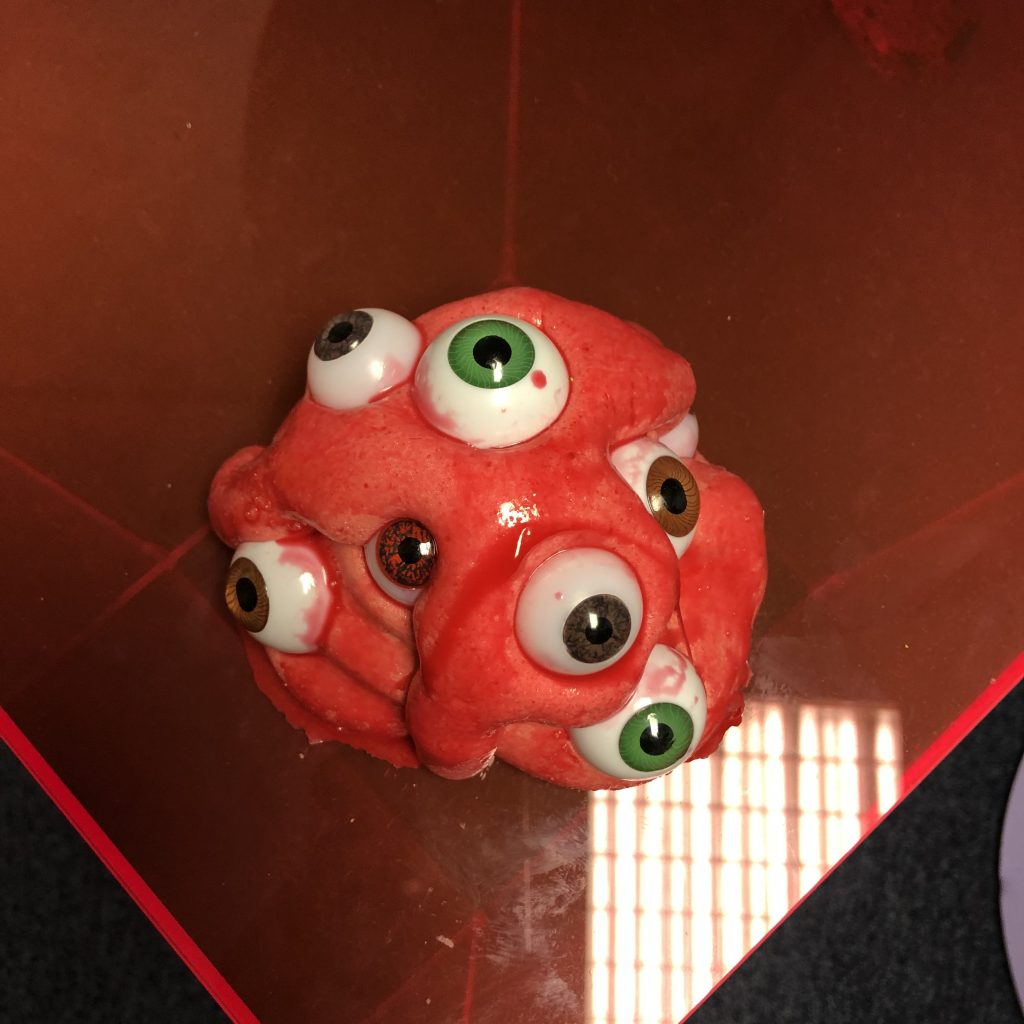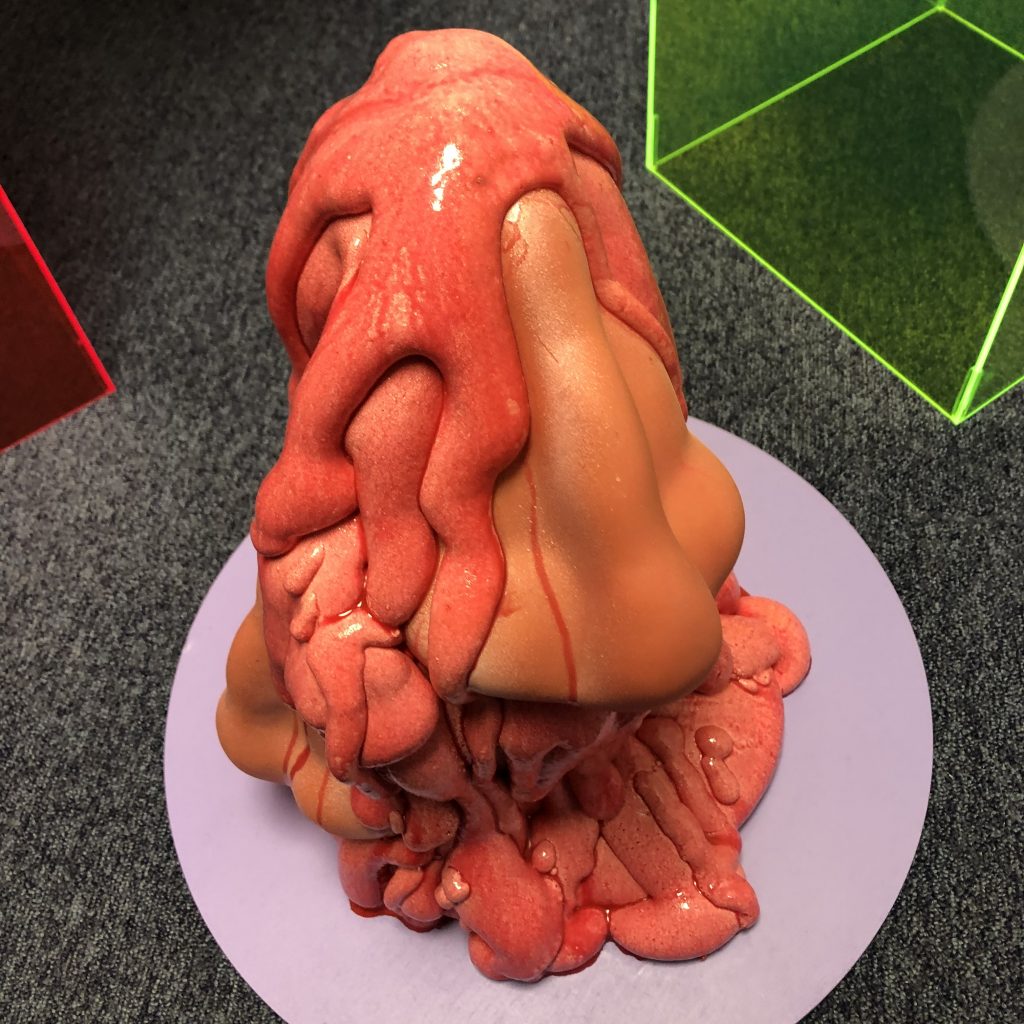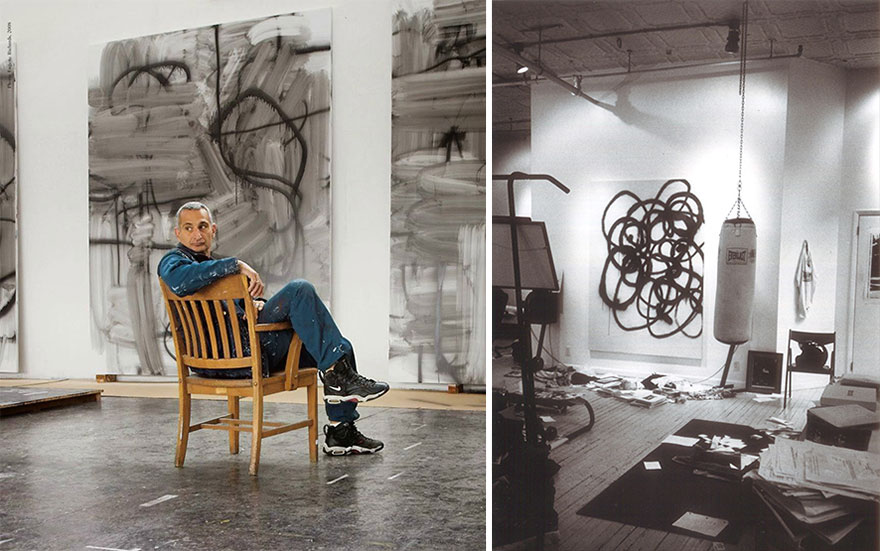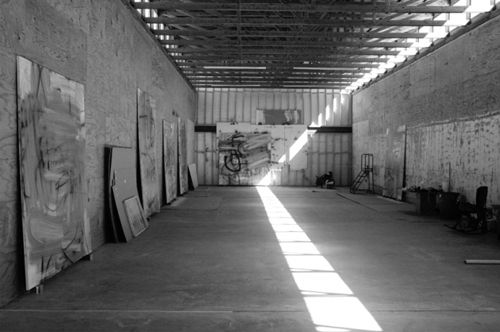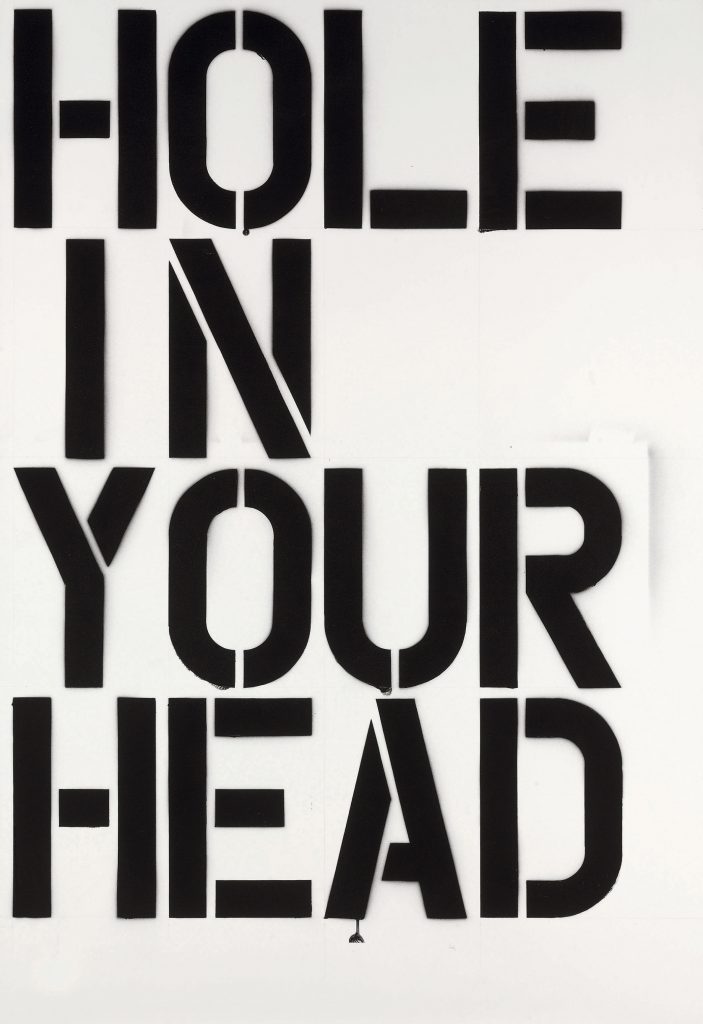What are art materials?
Art materials can be anything. The most common art materials that are mainly used are acrylic, oil paint, pencil, watercolour and so on. However there are a huge range of materials that artists use that are so unusual that people would never thought it was possible. Materials can be a wide range of different things such as cutlery, wood, fabric, food.
Historically what materials did artists use?
One of the first ever materials to be used in prehistoric times was natural pigments. Artists used organic materials from plants, soil and even animals to create colours and different dyes to then apply to a surface. The first paintings in pre historic times were cave paintings that involved techniques such as dabbing, brushing and wiping the organic materials into stone. Some of the earth pigments included charcoal and yellow ochre, and even to this day many artists are still using charcoal. Materials were very limited in historical times.
Maurice Bennett
Maurice Bennett is an artist who uses pieces of toast to produce pixilated portraits. He began his toast art in 2000, his work is entirely made up of toast that is cast in bronze.
I decided to look into a very unique material that not many artists use and this is food. Maurice Bennett is an artist who uses pieces of individual toast to create these pixilated portraits and different patterns in toast, he began using pieces of toast in 2000. Before bronzing the toast, it is dipped in polyurethane, this is done so it preserves the art work so it stops it from going moldy. He bronzes the toast by using a flame as a paintbrush to create different patterns/shades of toast.
What inspired Maurice Bennett to use this unique material and the way he works was triggered by pacific motifs. Motifs in art is a recurring pattern or theme that appears in art, so the idea that Bennett repeats the process of burning multiple pieces of toast to produce his pieces. A motif can also relate to the subject matter of the art work. Not only was he inspired by pacific motifs, the idea of creating art work with pieces of toast also came to him during a barbeque.
Food has been a very key thing within art history around the 18th/19th century, when artists wouldn’t use the food as a material however would paint food in their artwork, such as painting scenes where people are socializing around food. Also, food would be a key object to paint as they are easy still life objects that were easy to get hold of. How ever in the 1960’s a new movement came out called eat art, where instead of painting the food the food became a material just like paint. Another artist who uses food as a material is Jan Sterbak who created a dress out of raw steak which weighed sixty pounds, he did this to make a visual statement of food and humanity.
